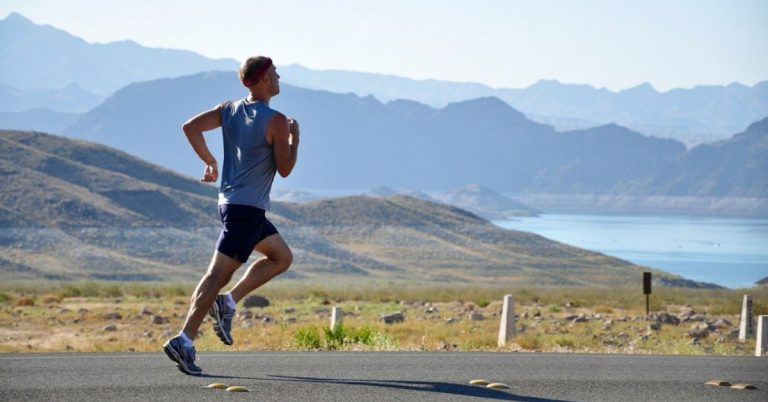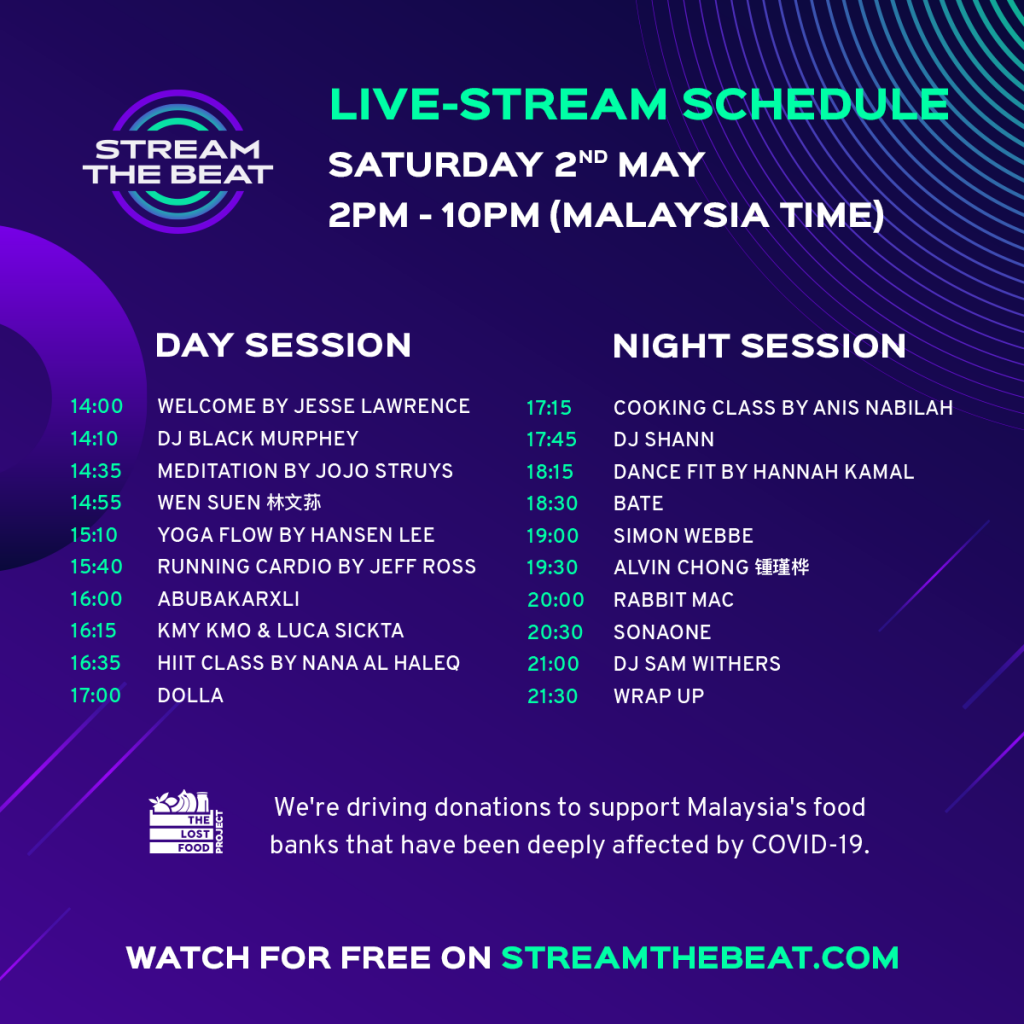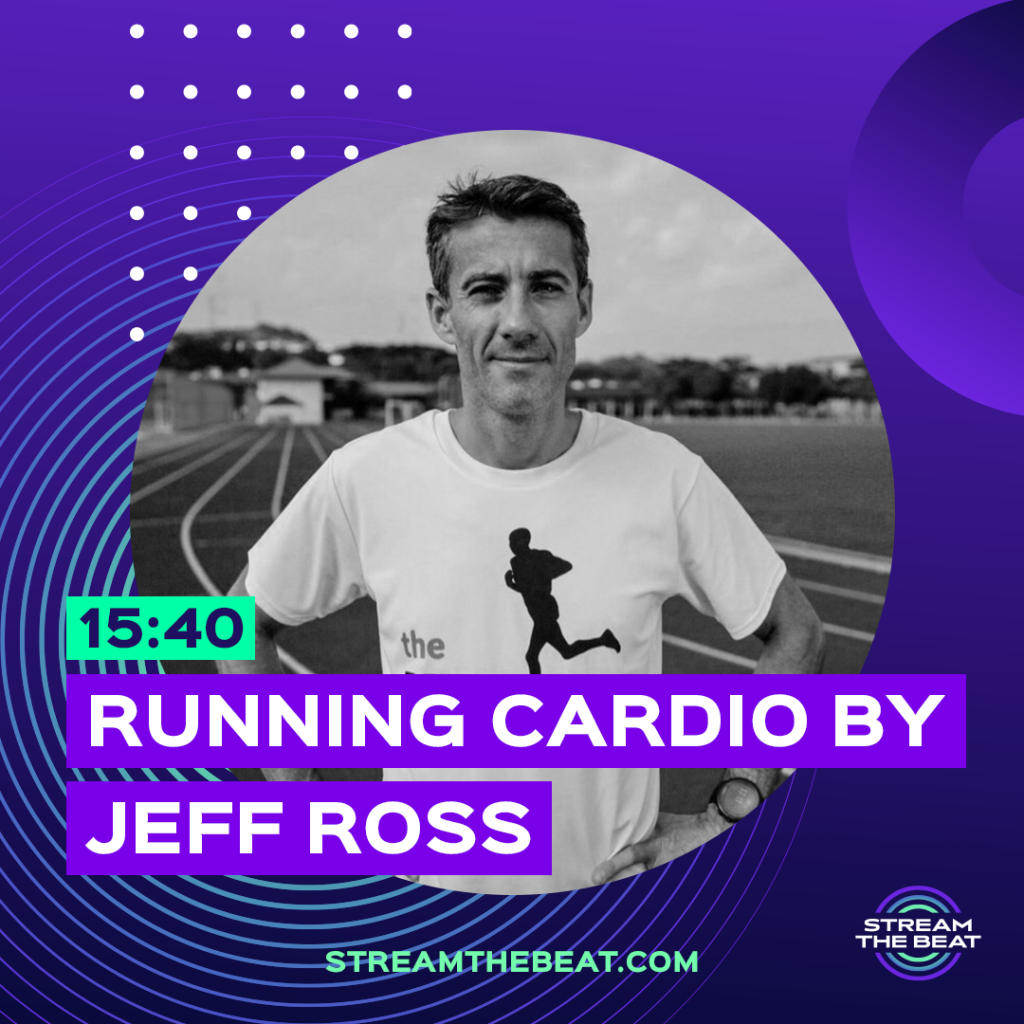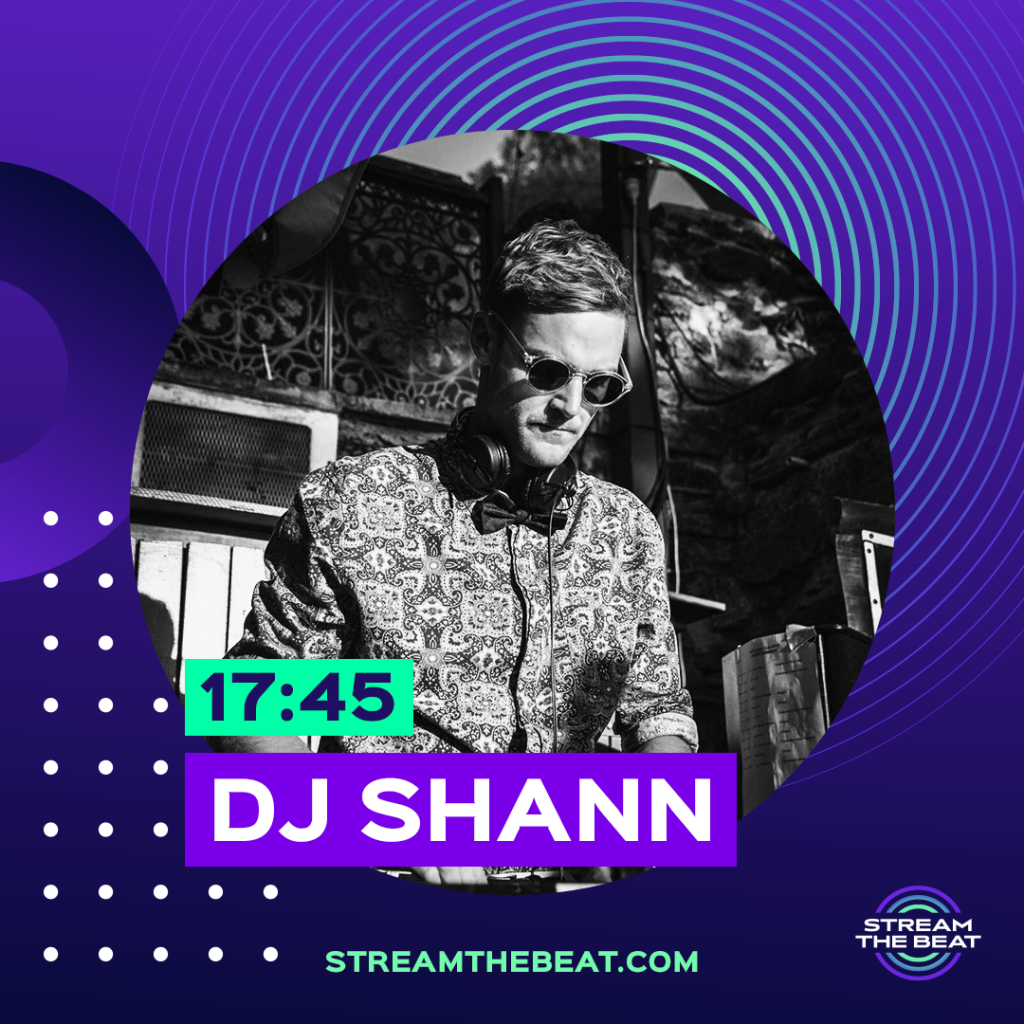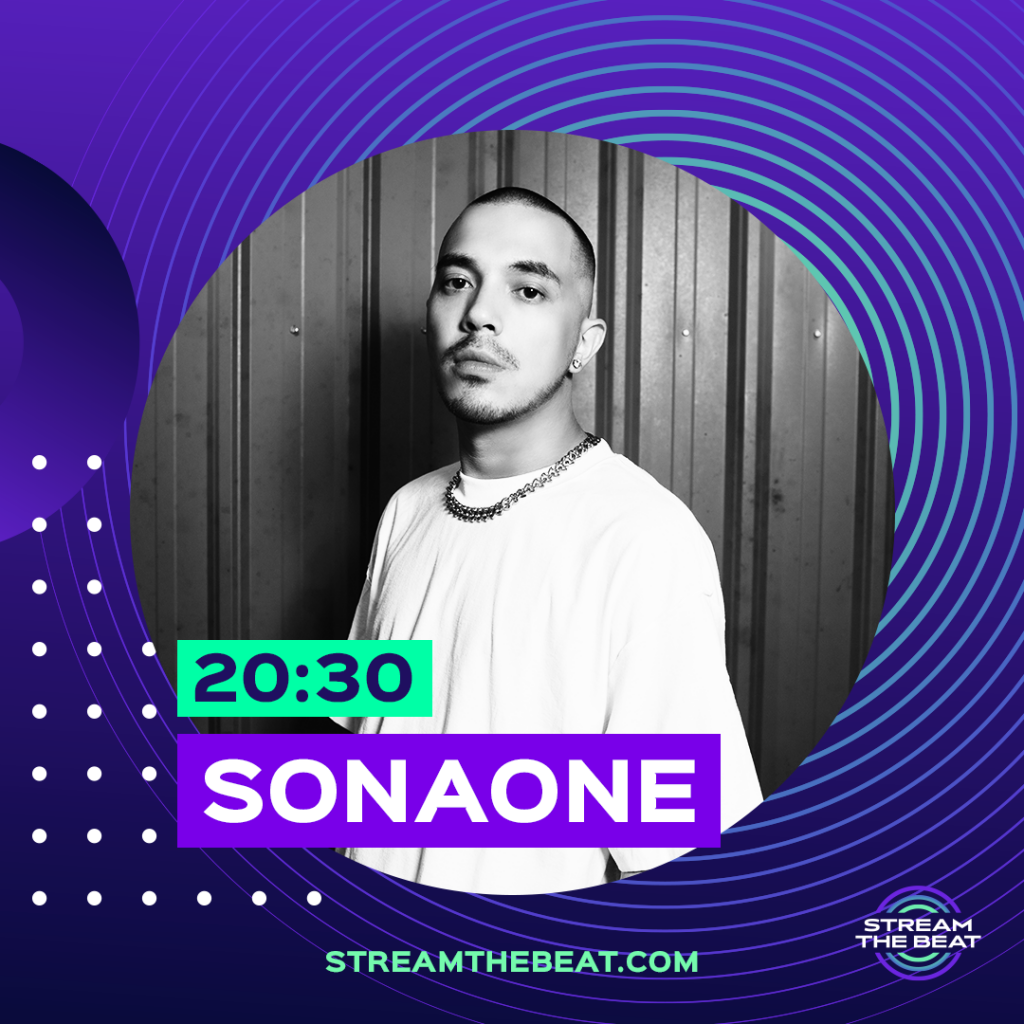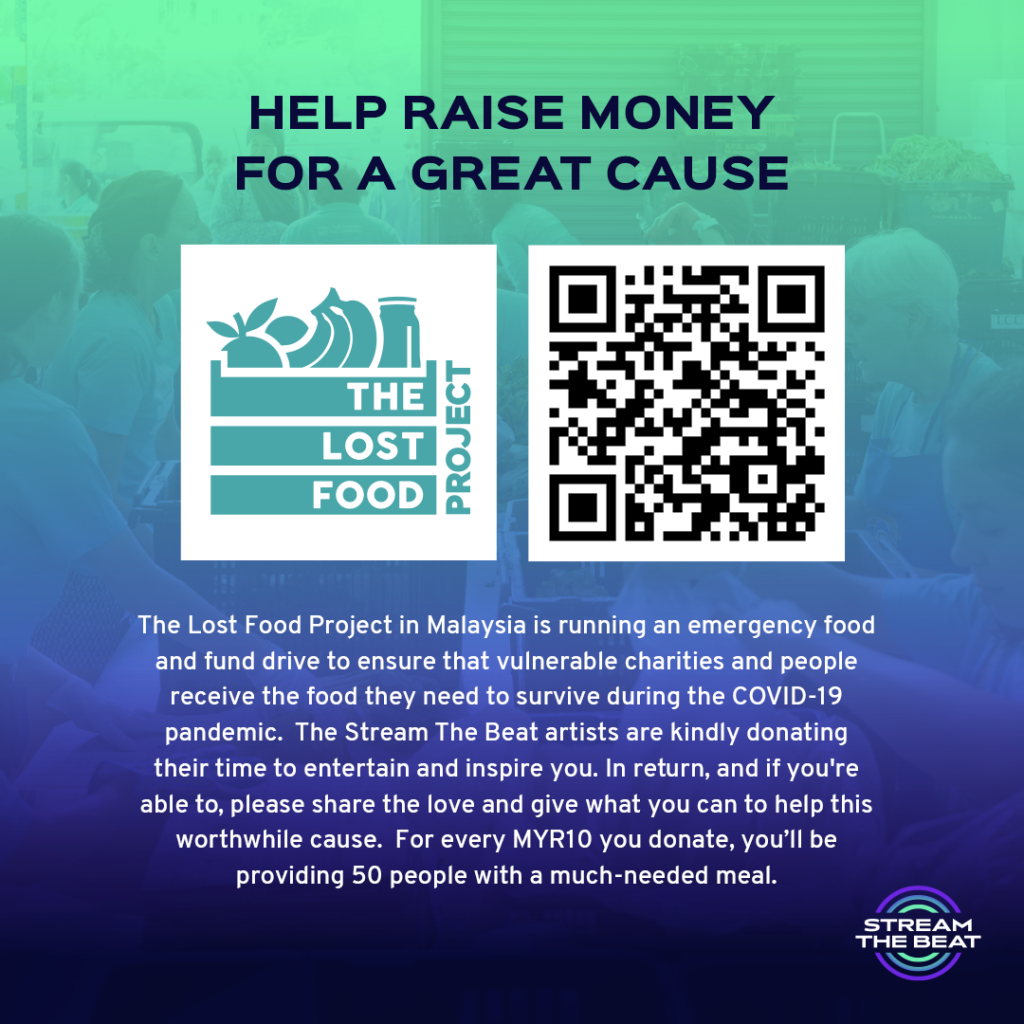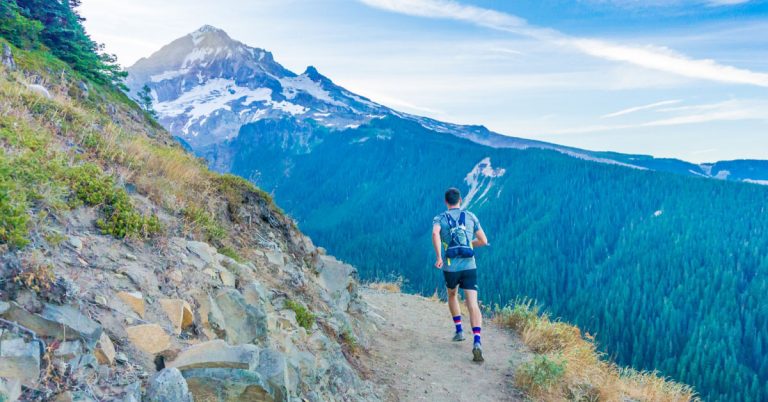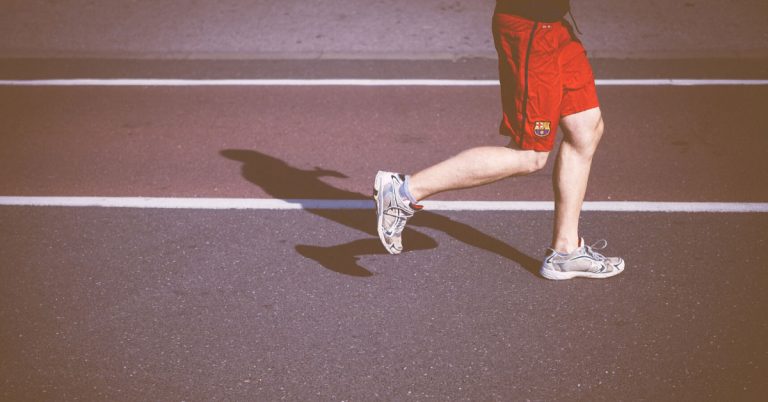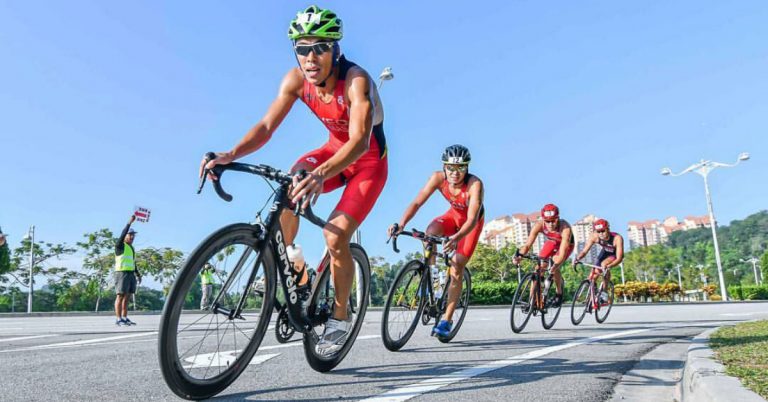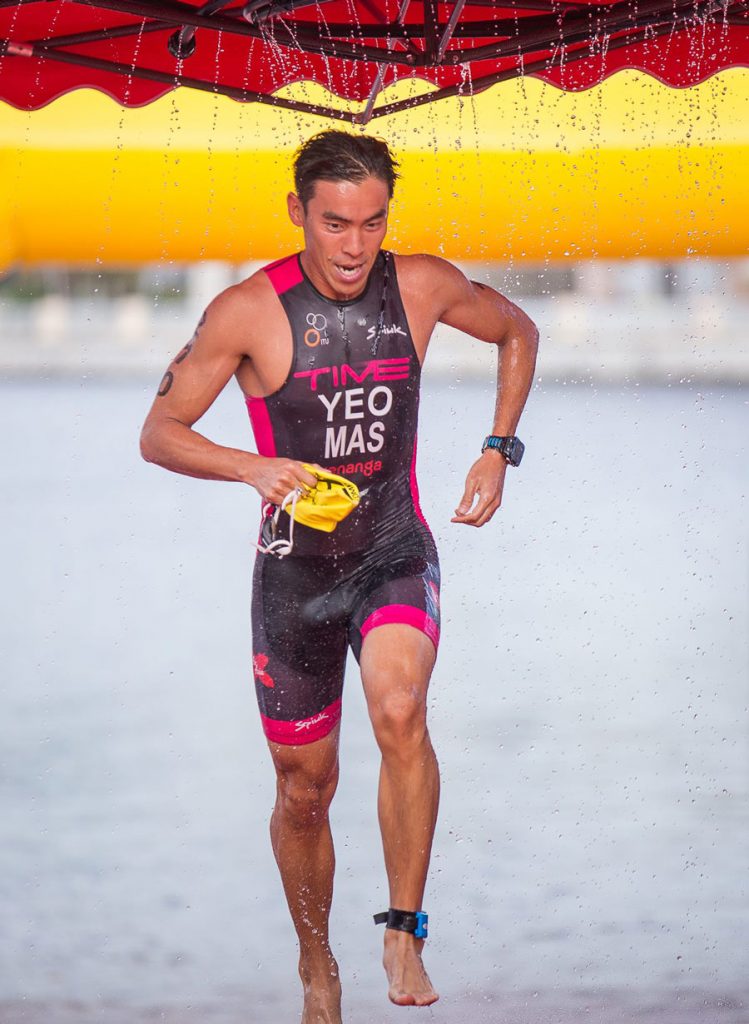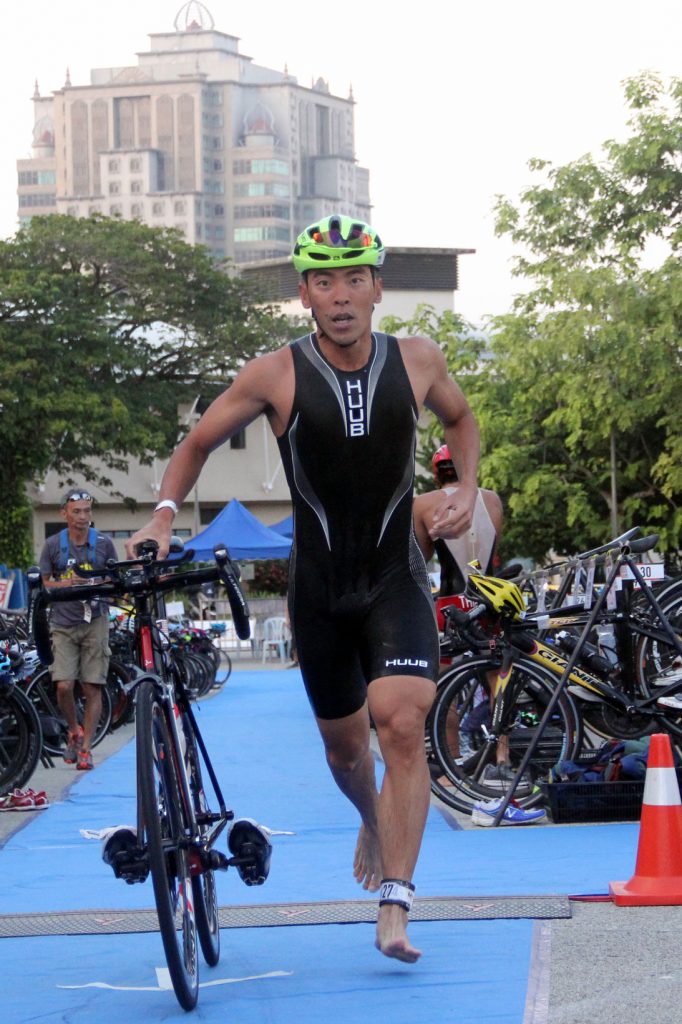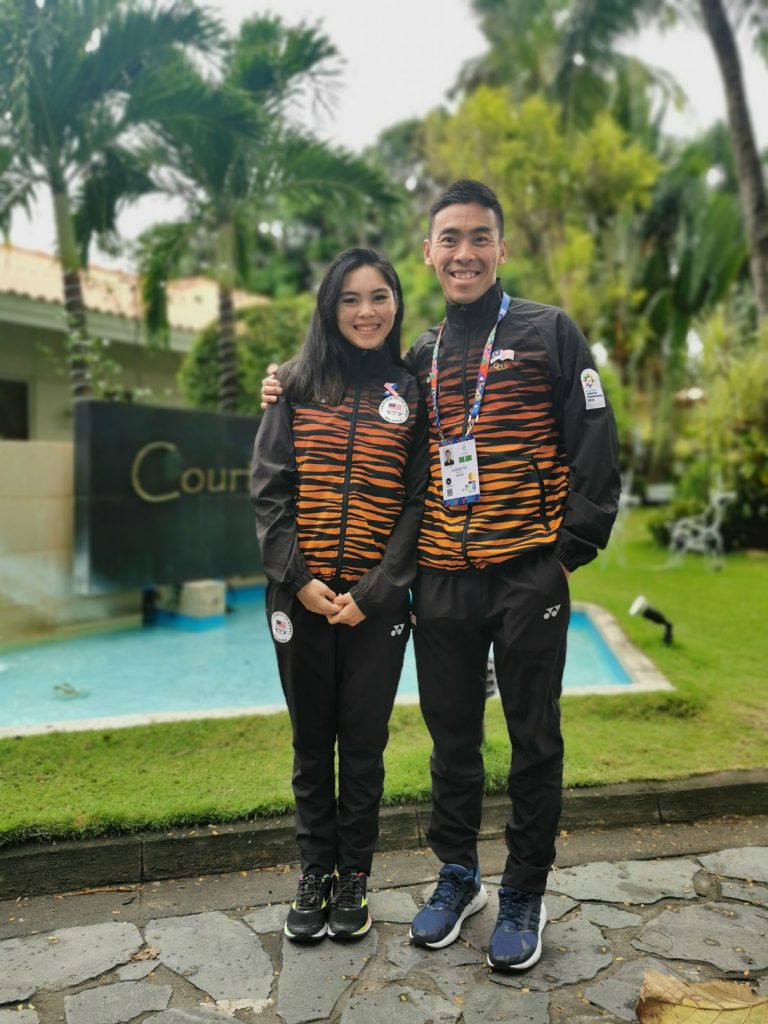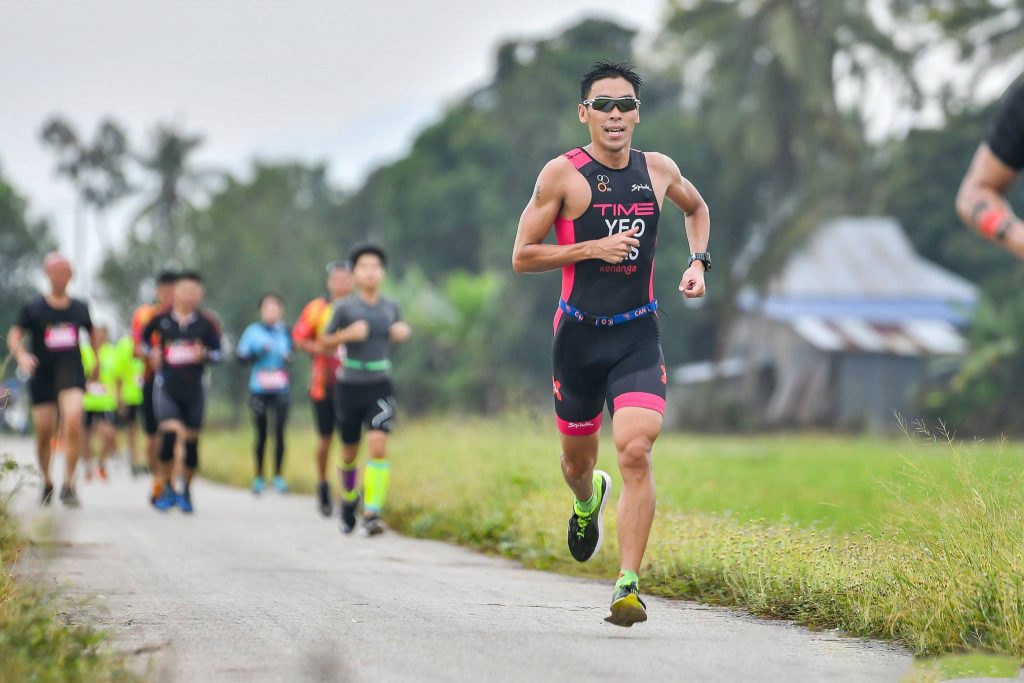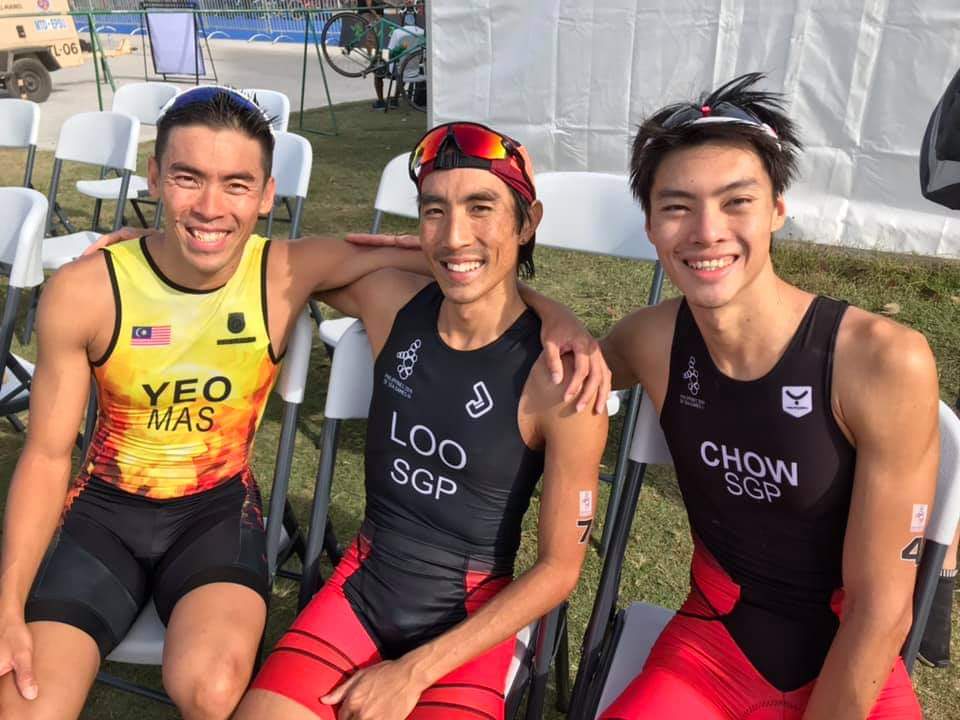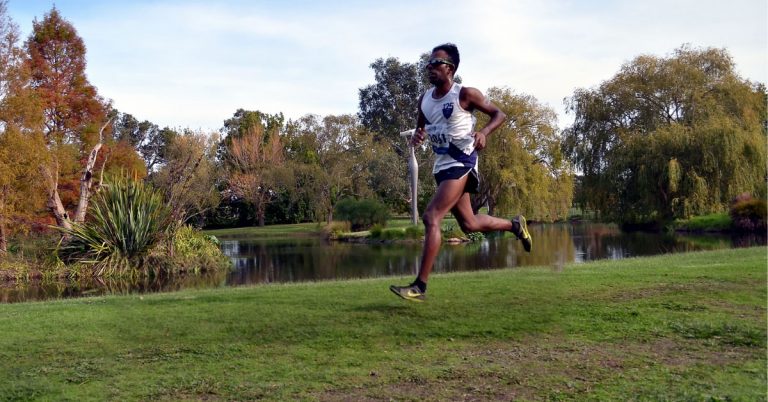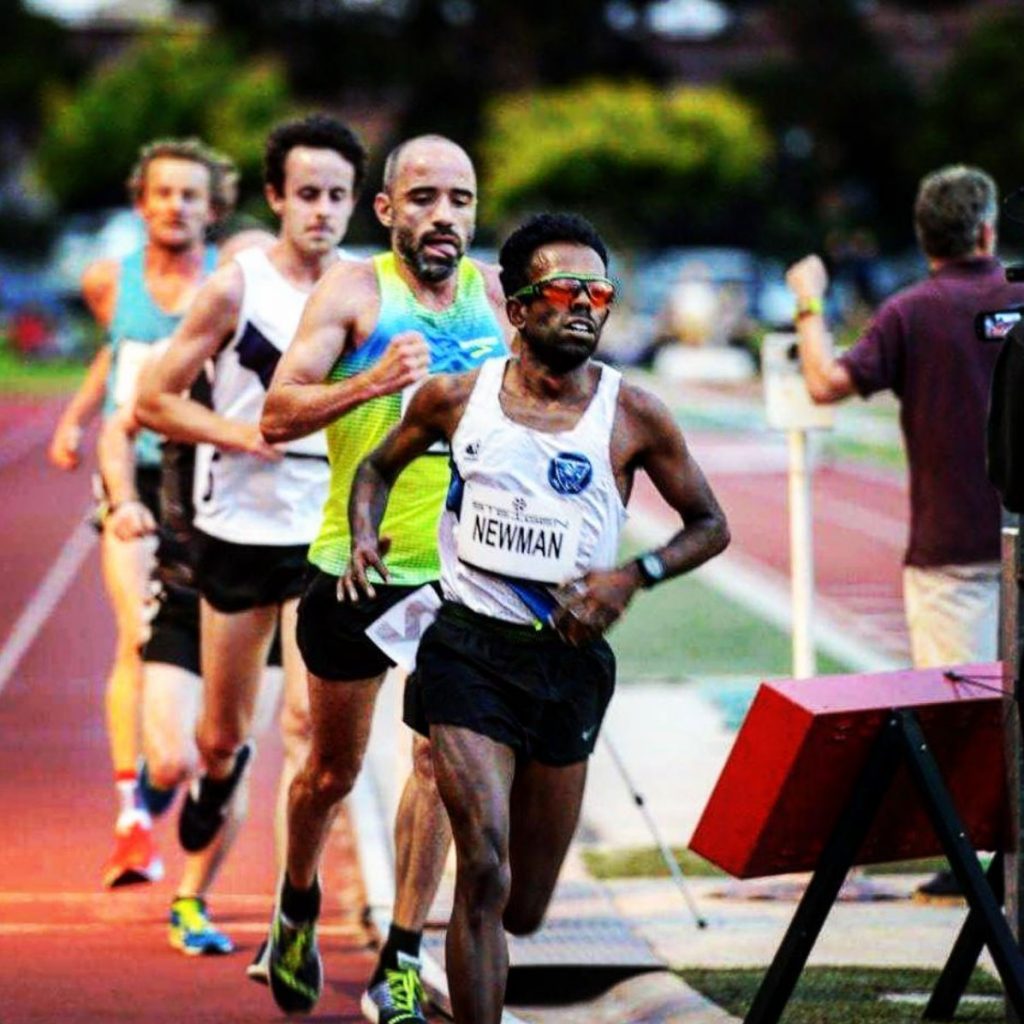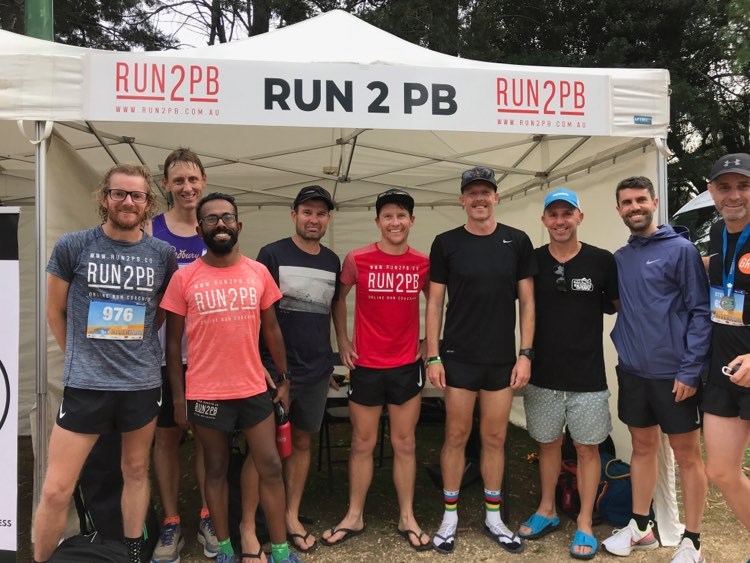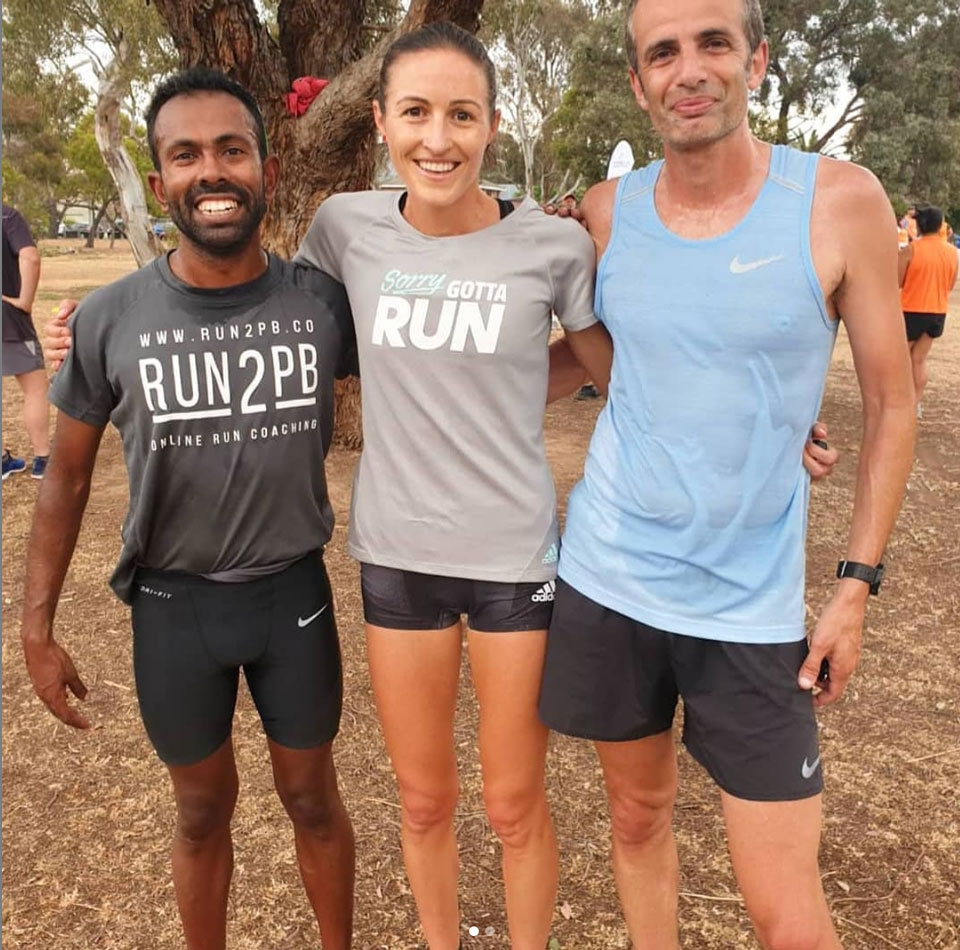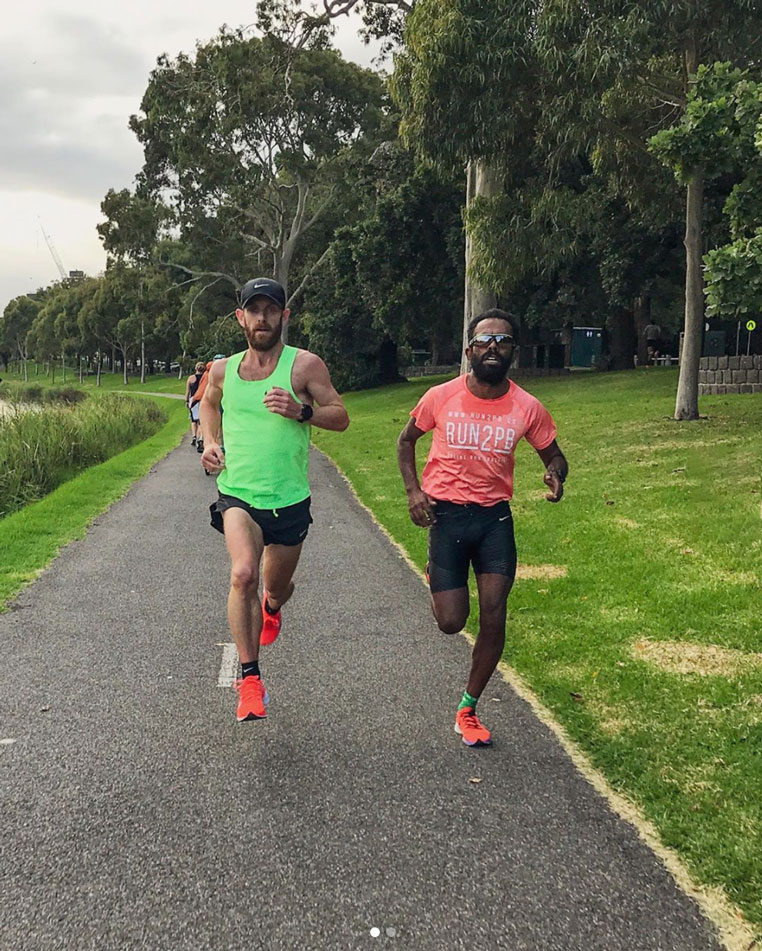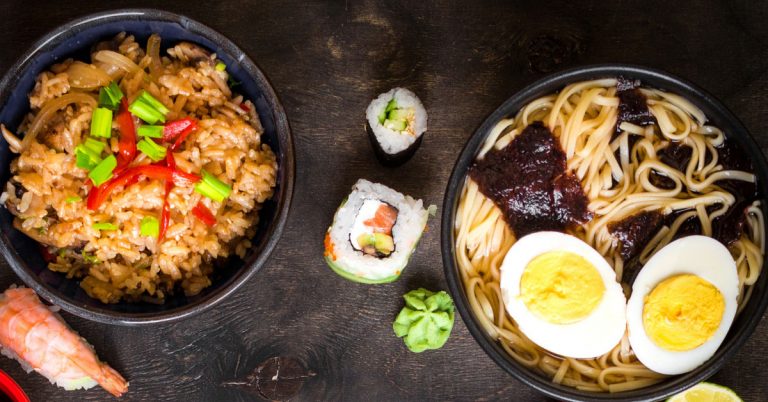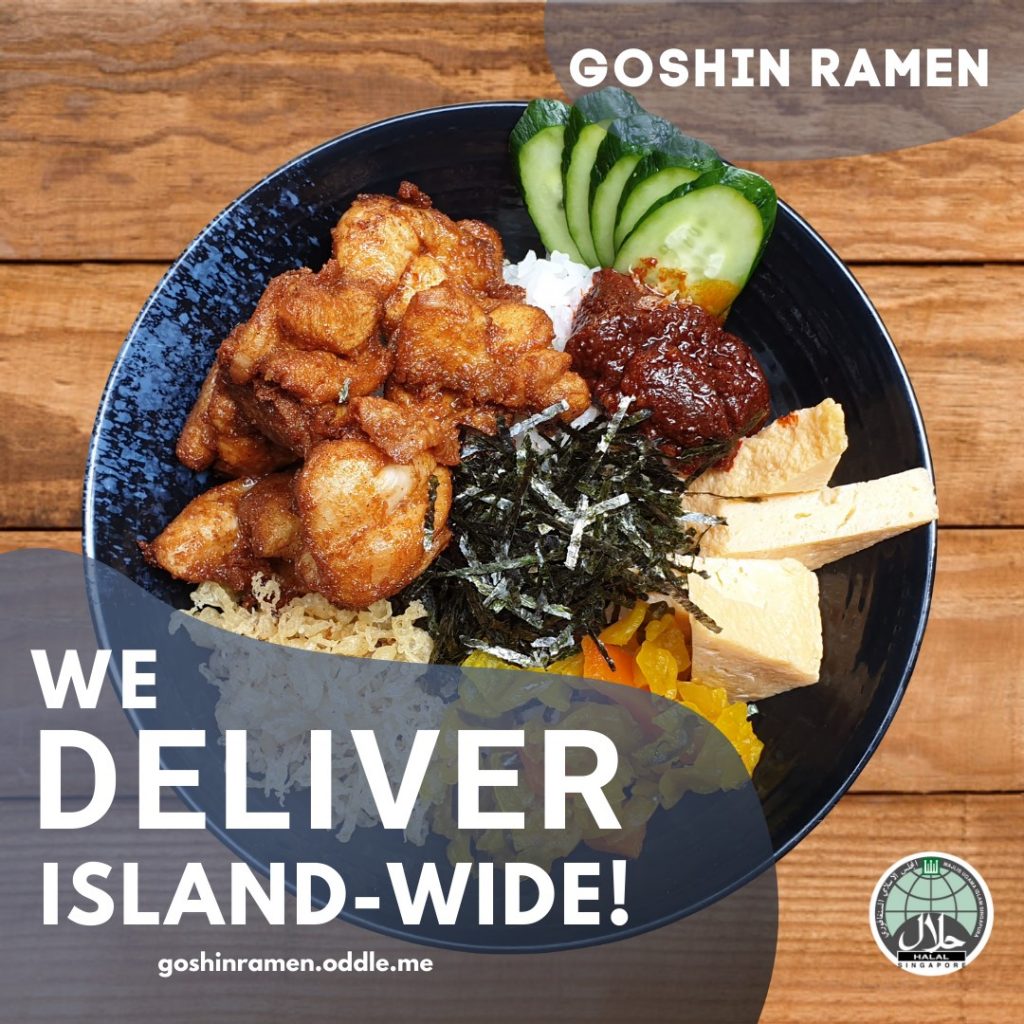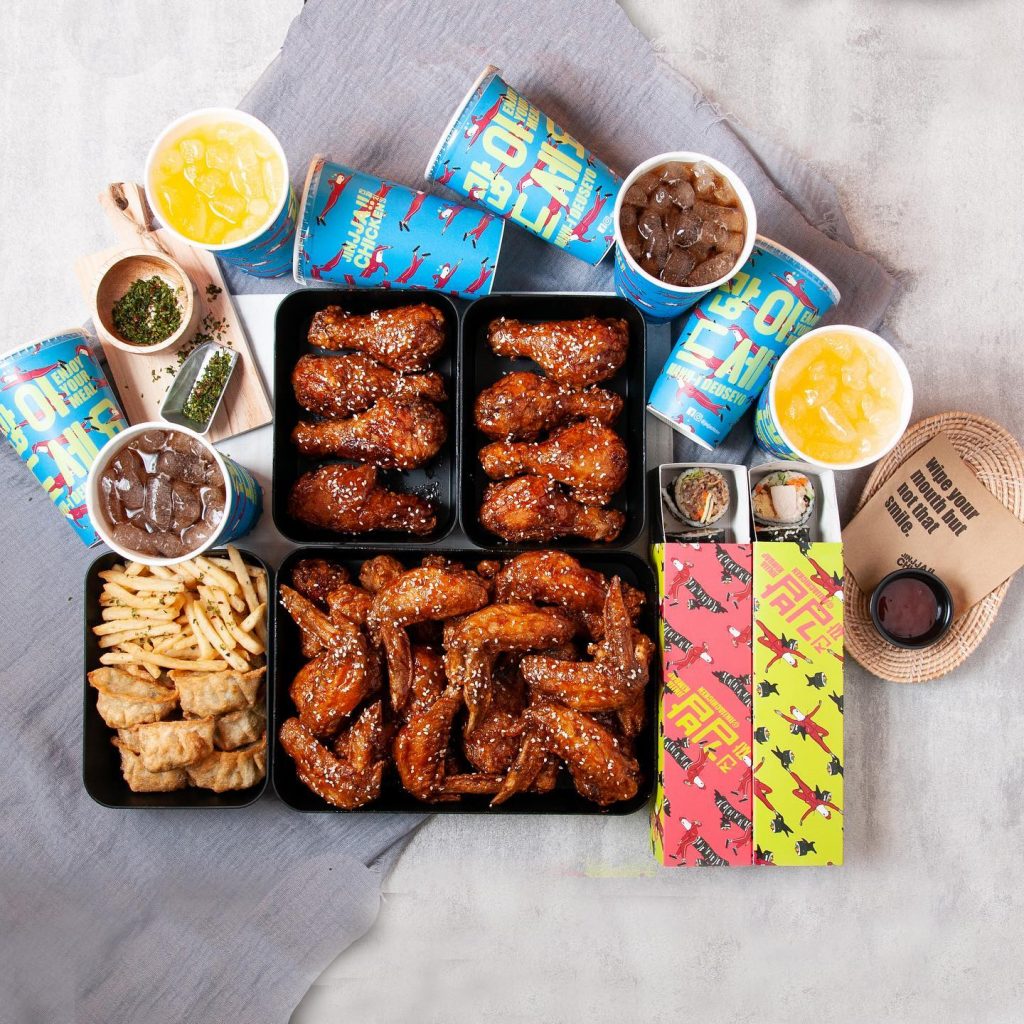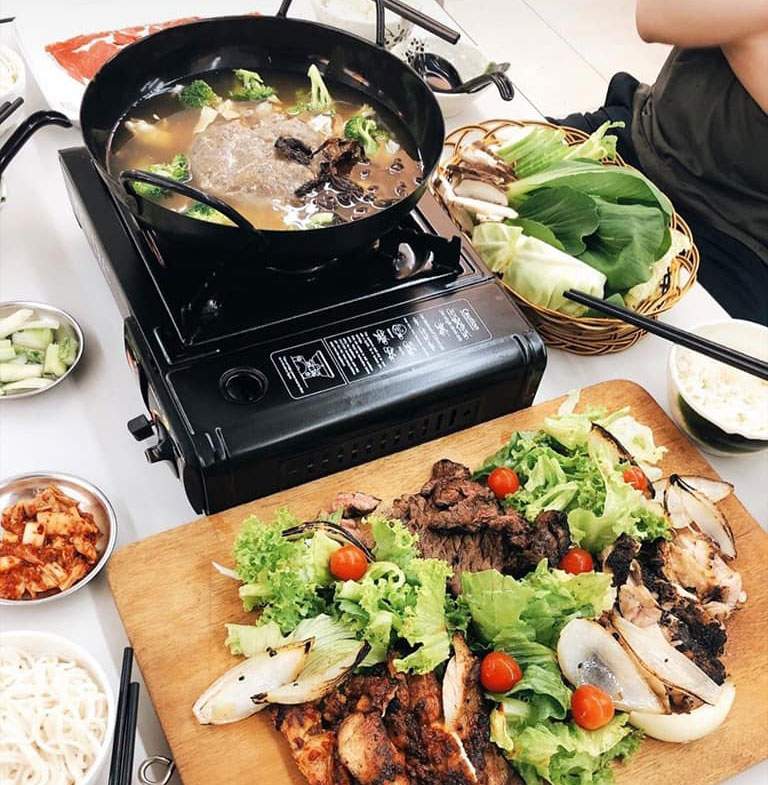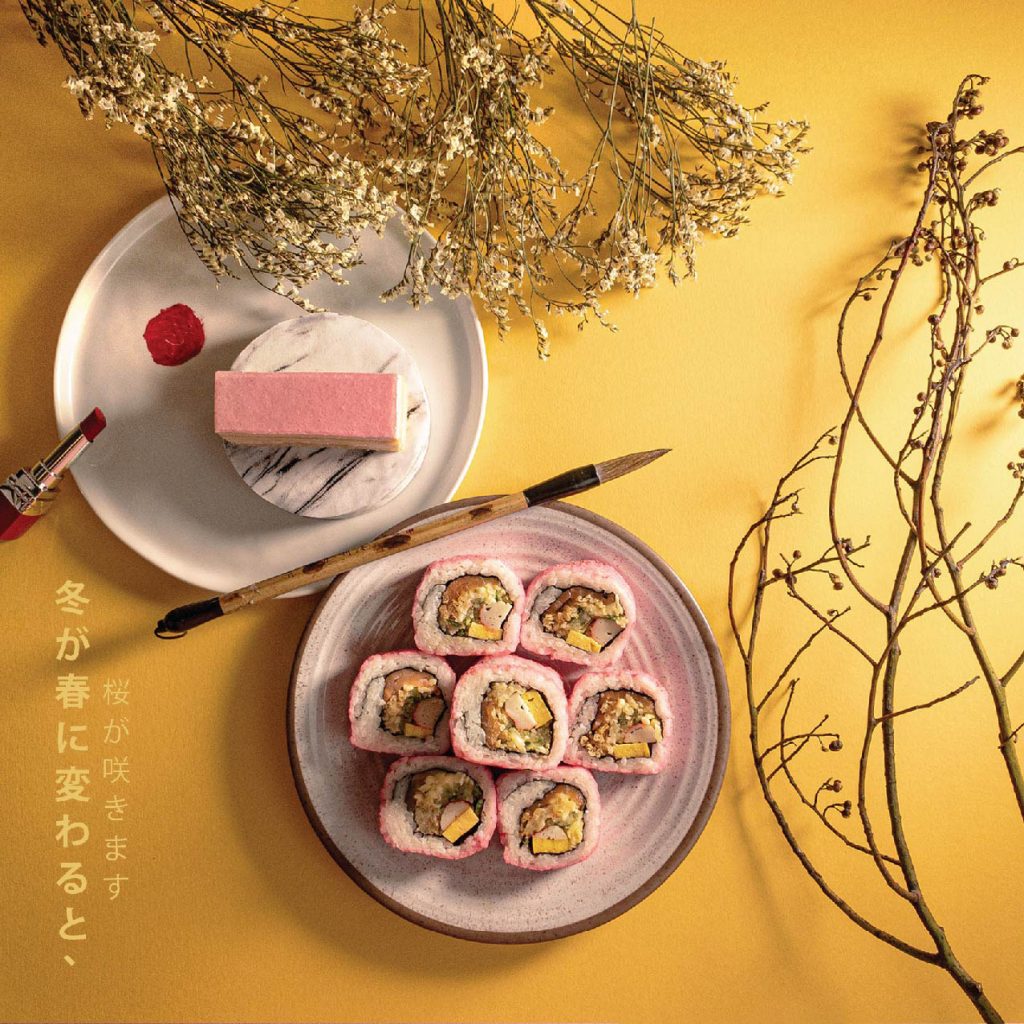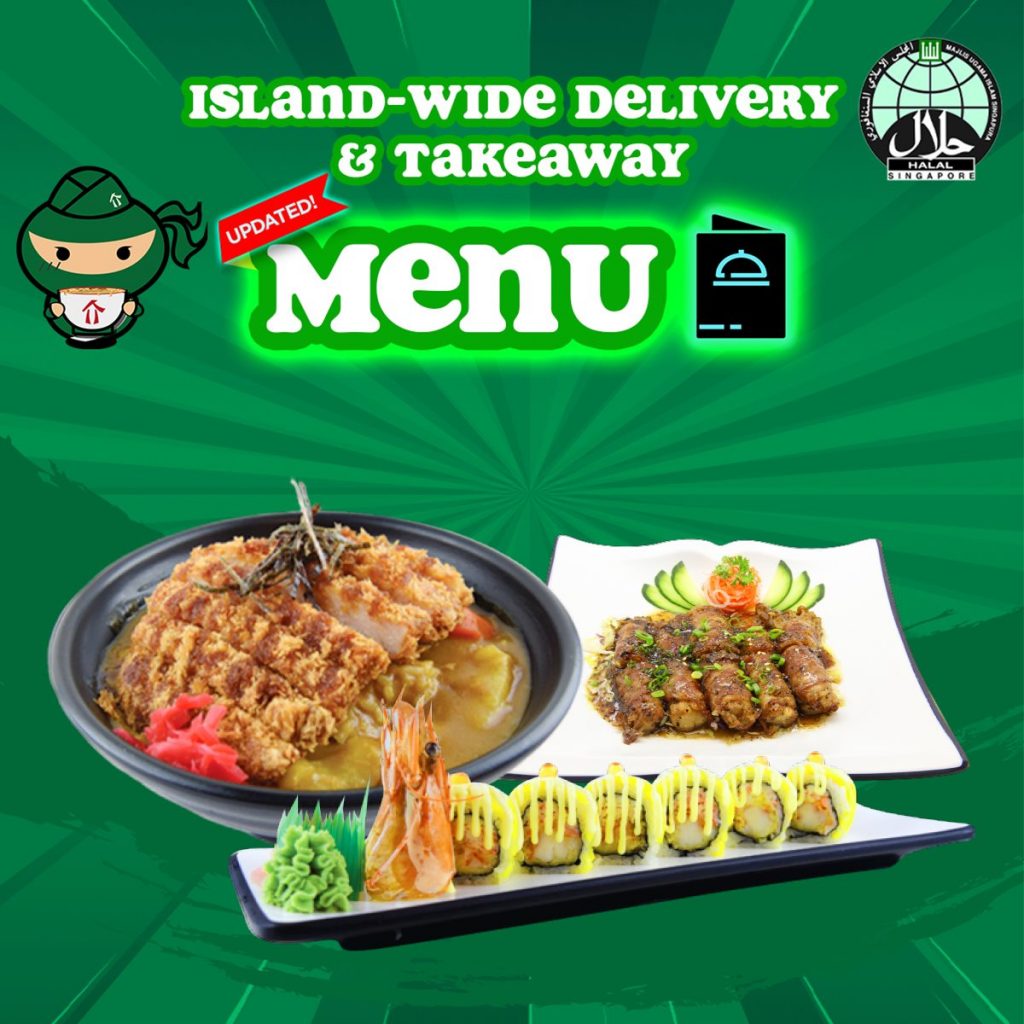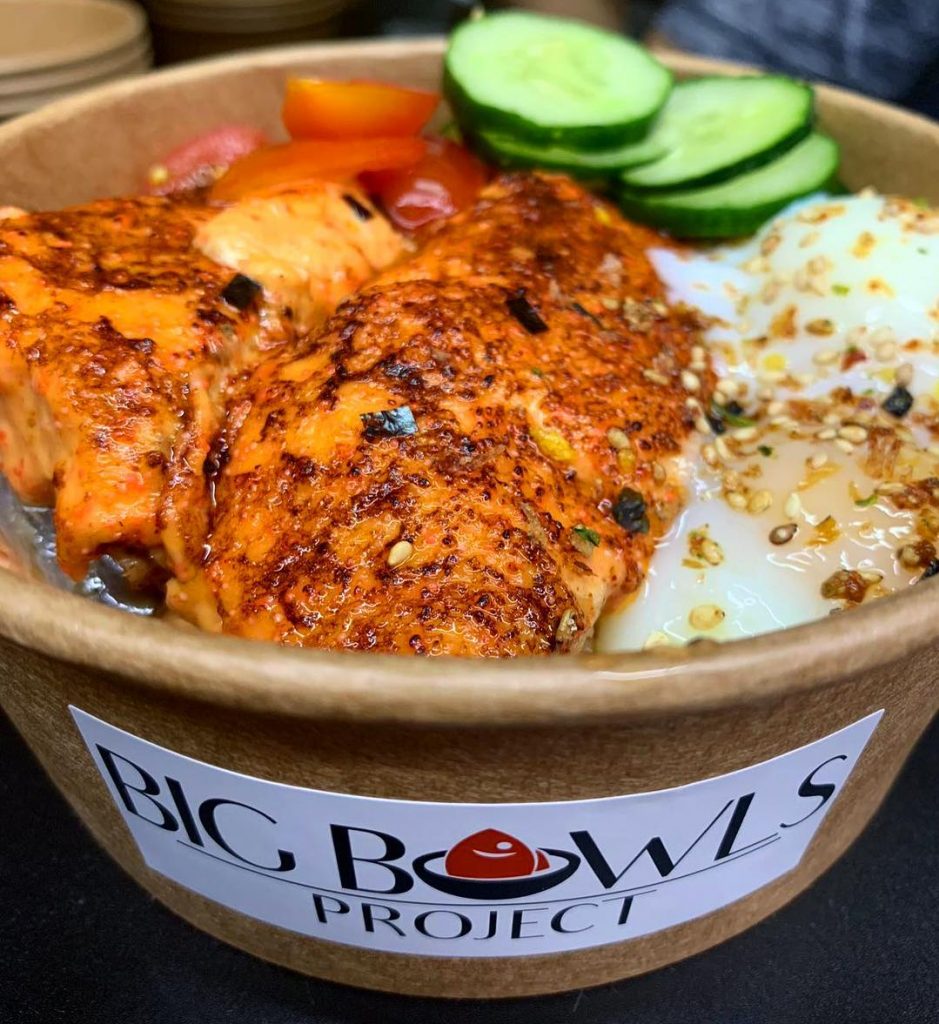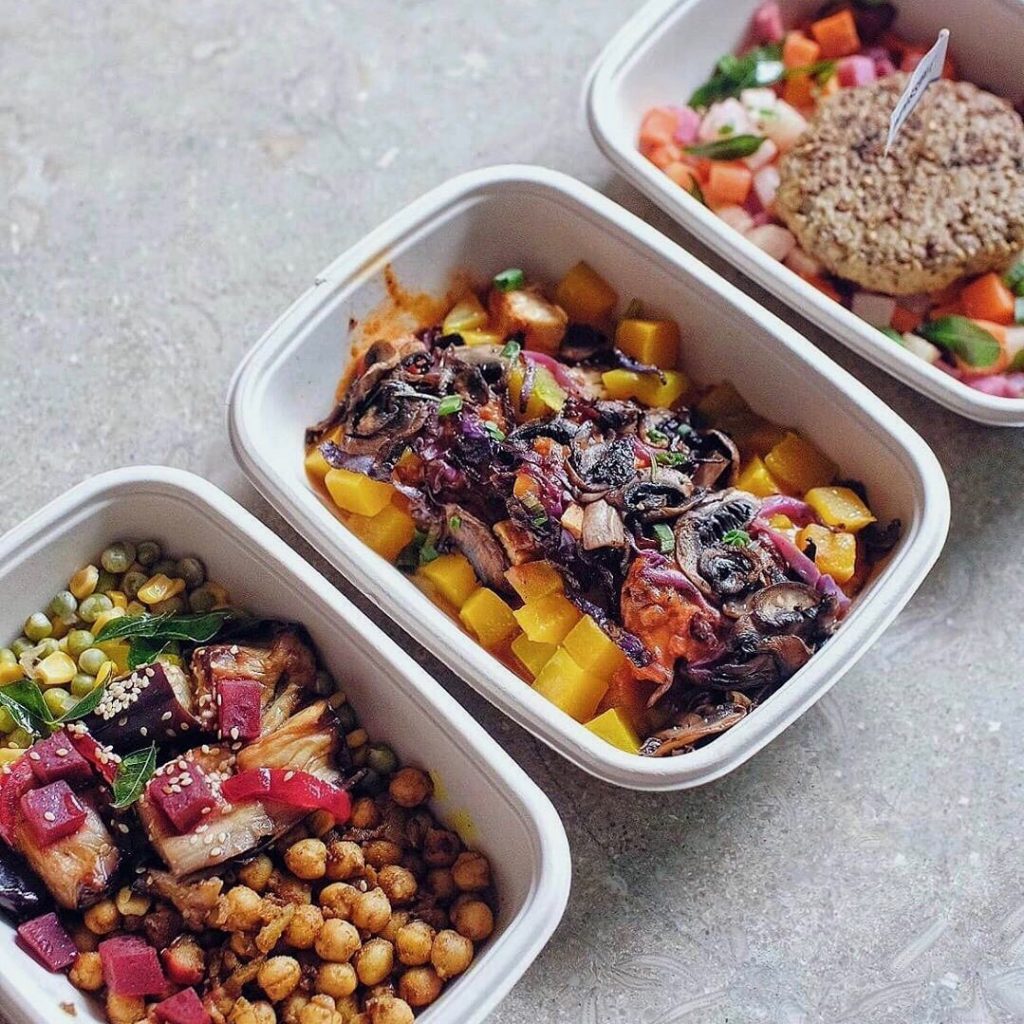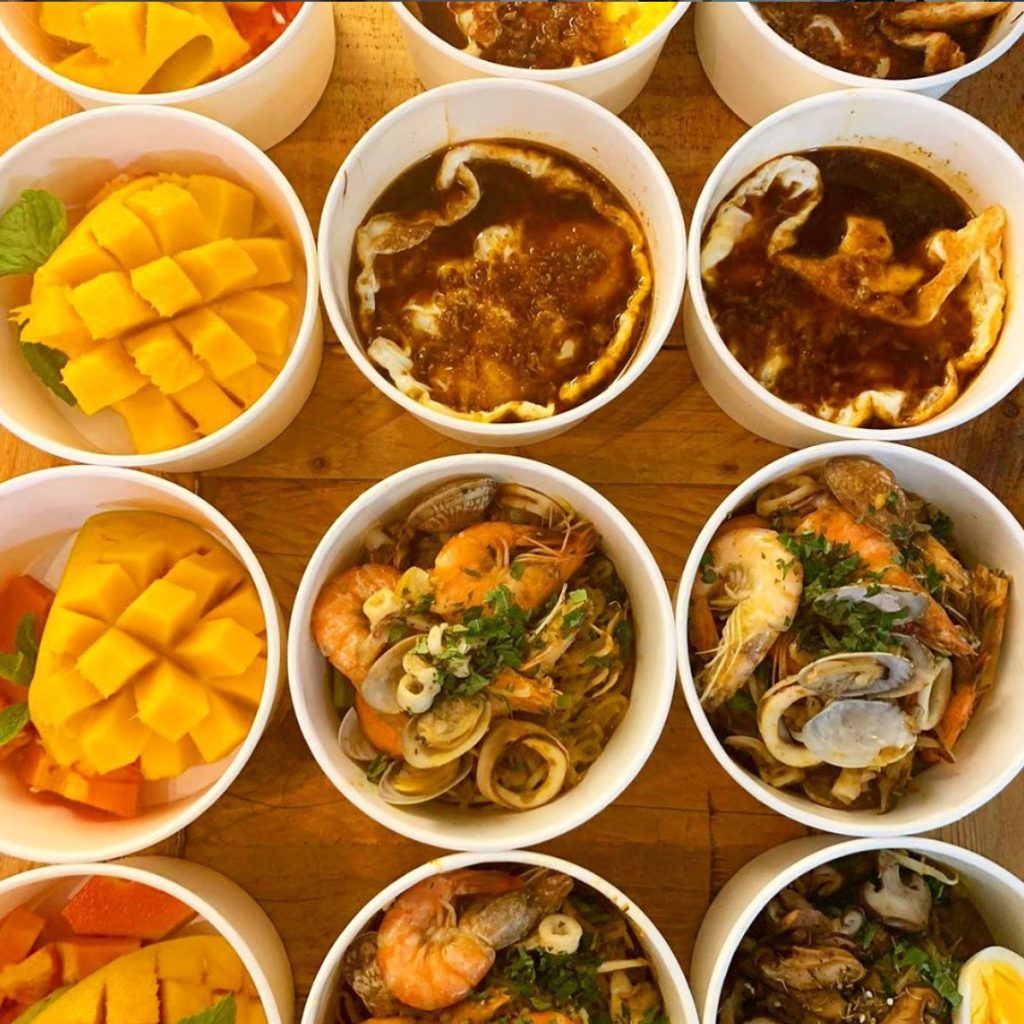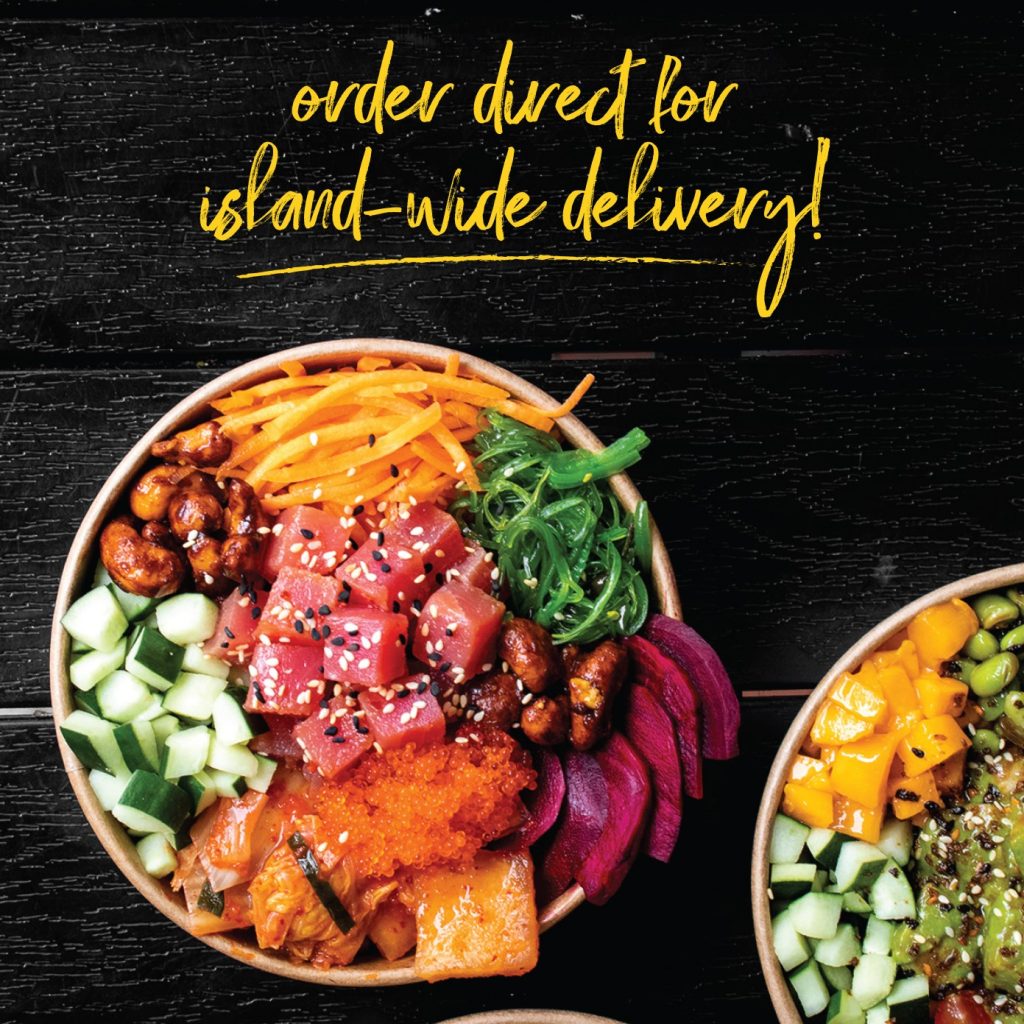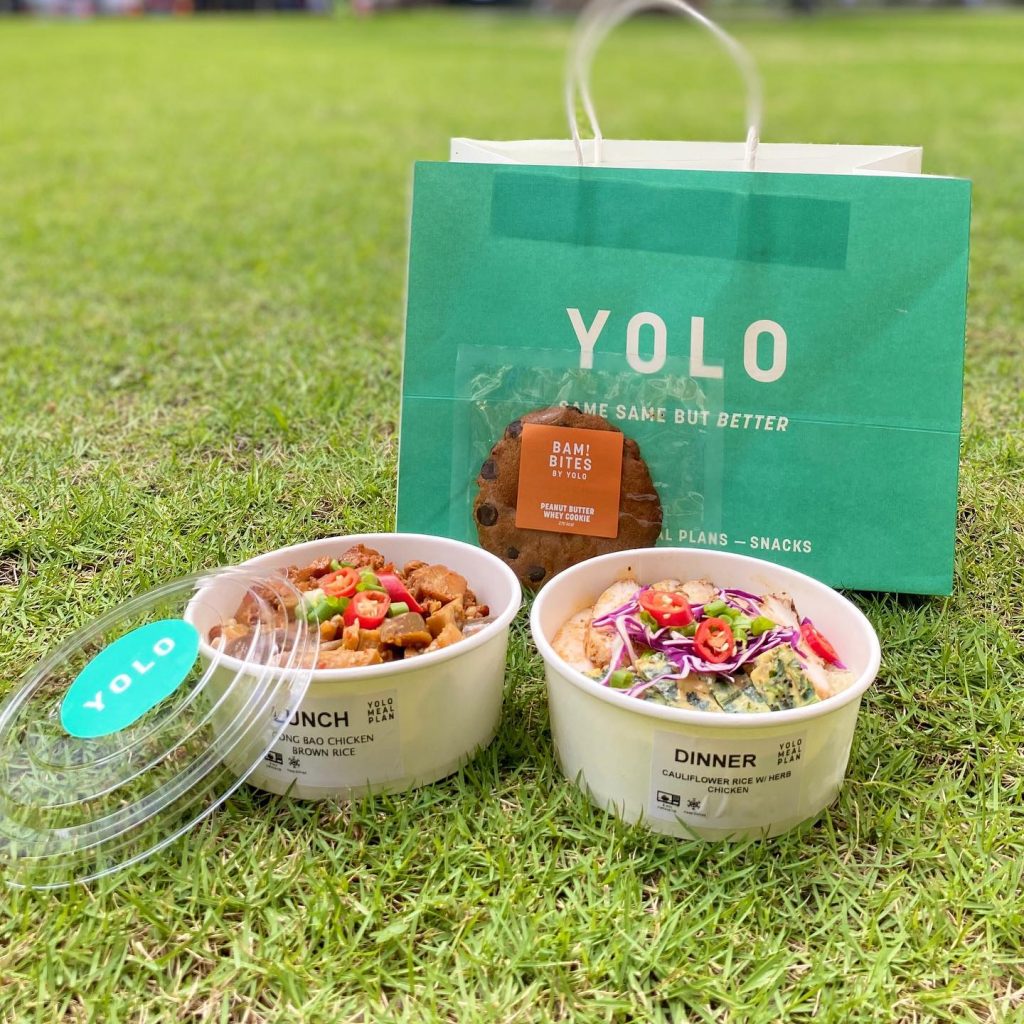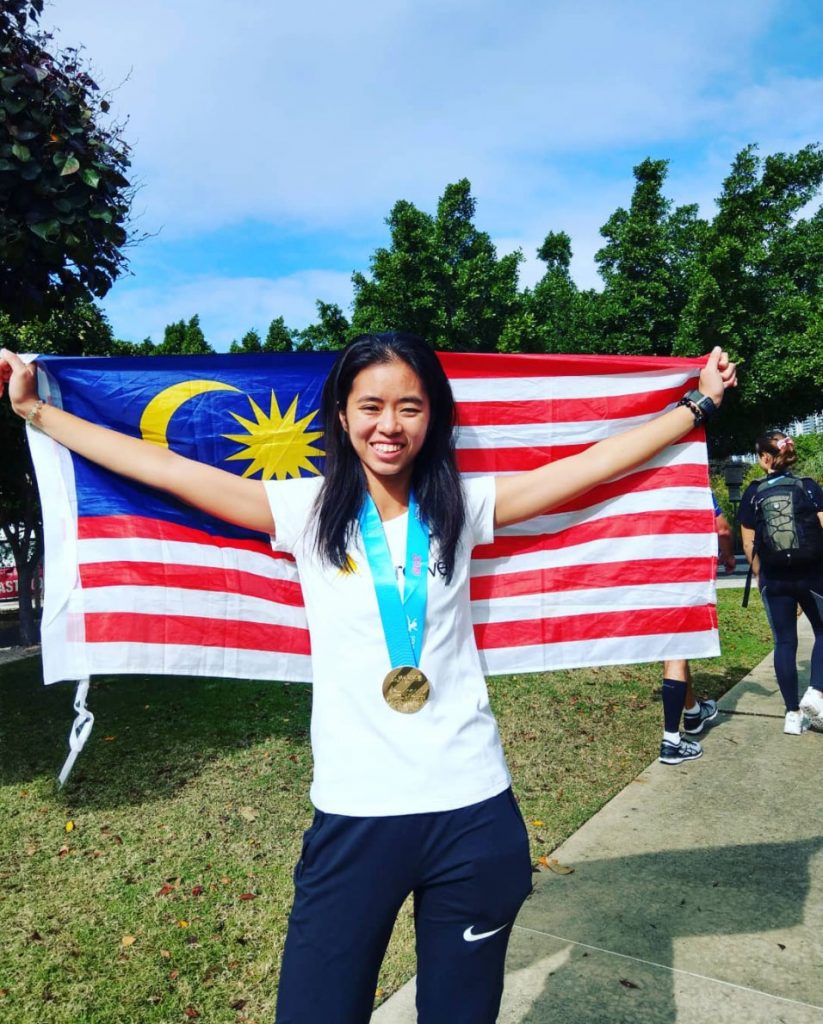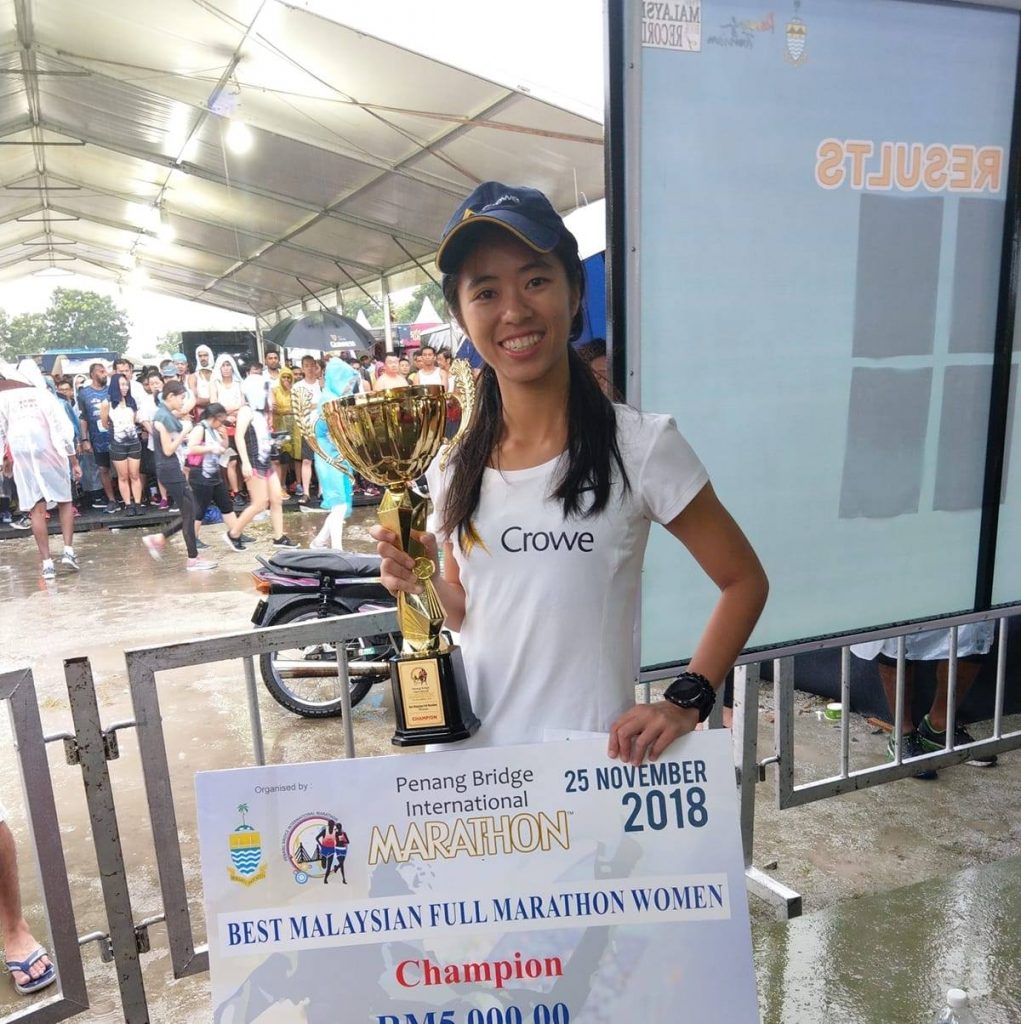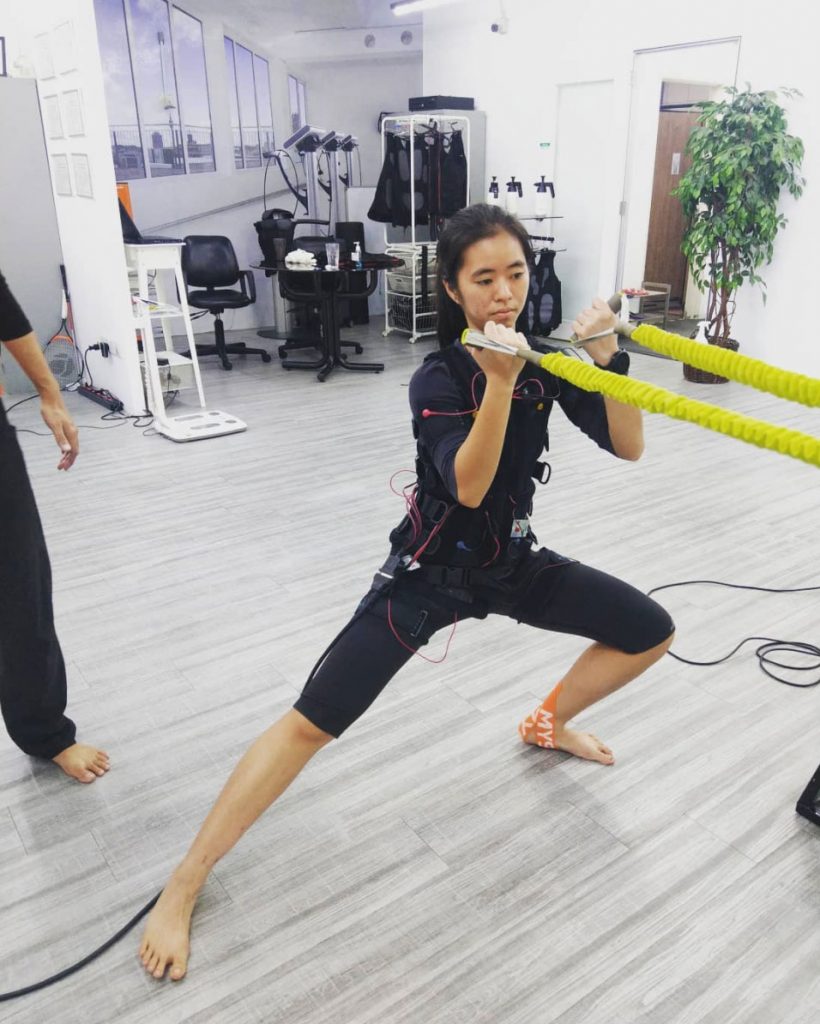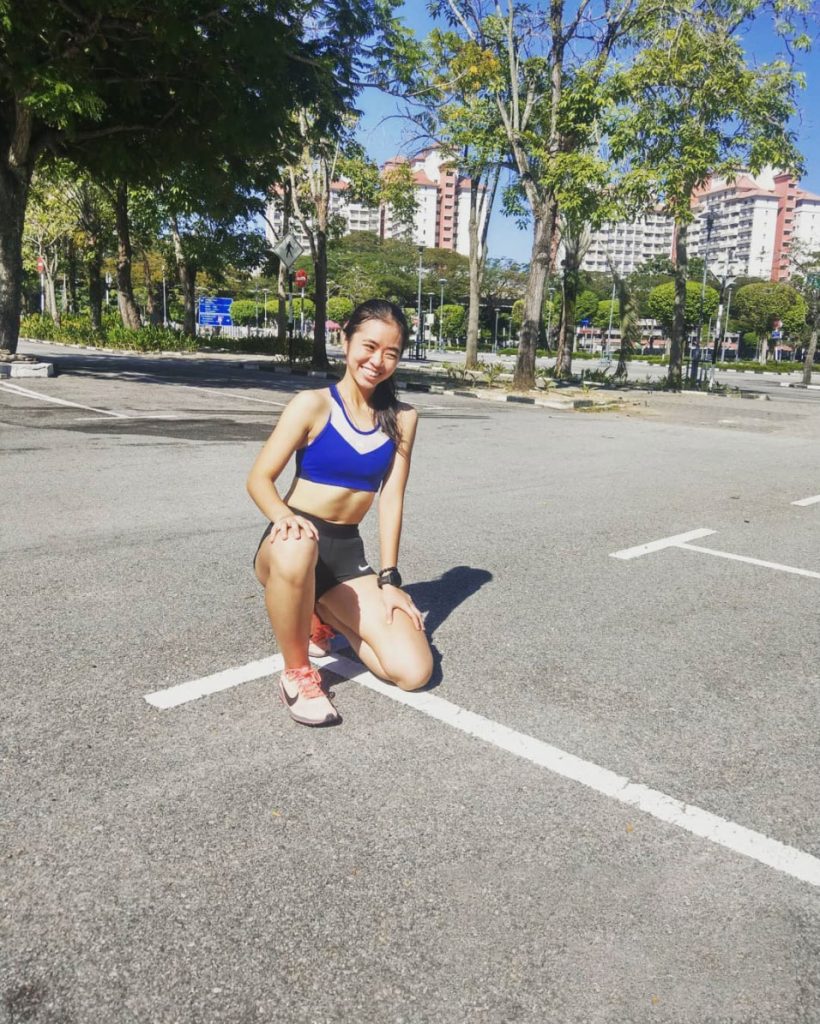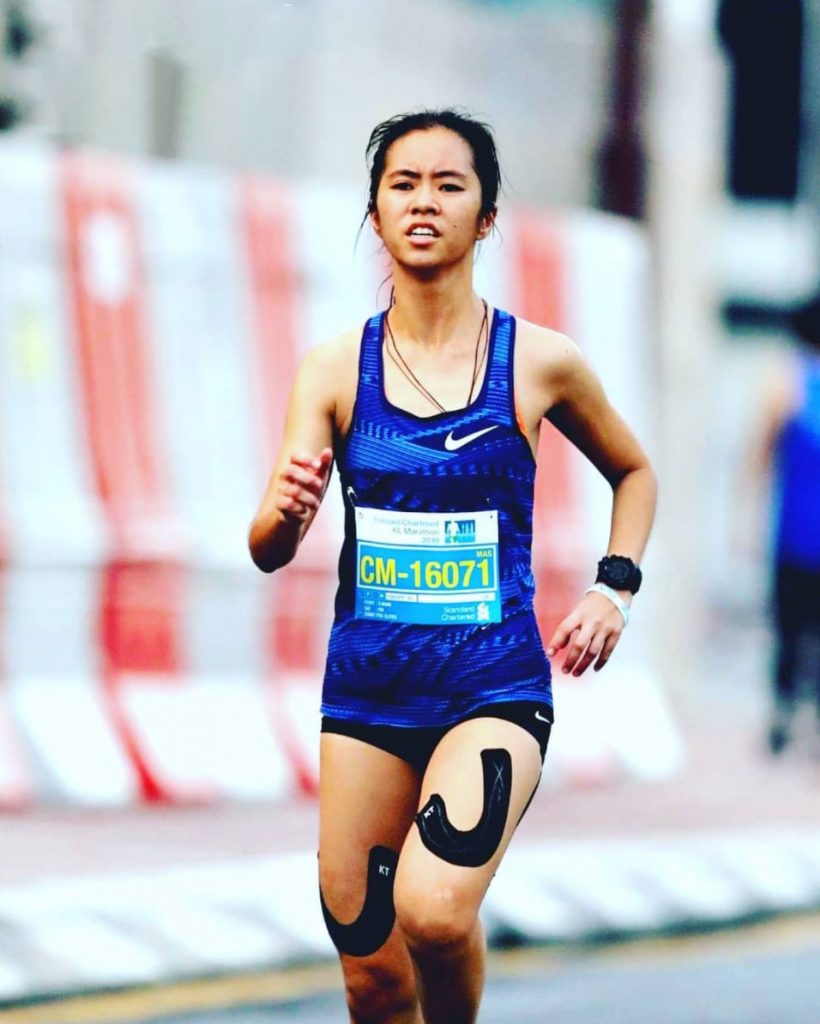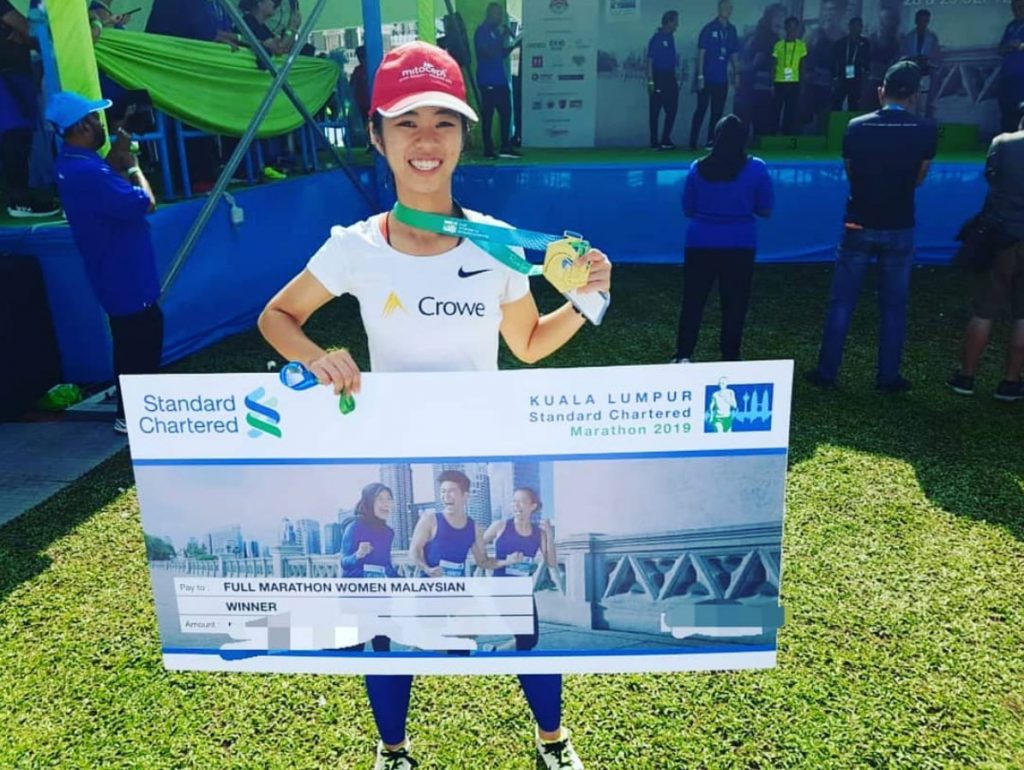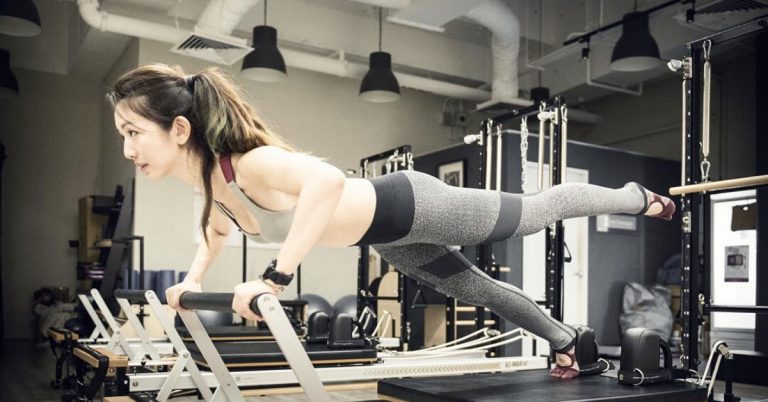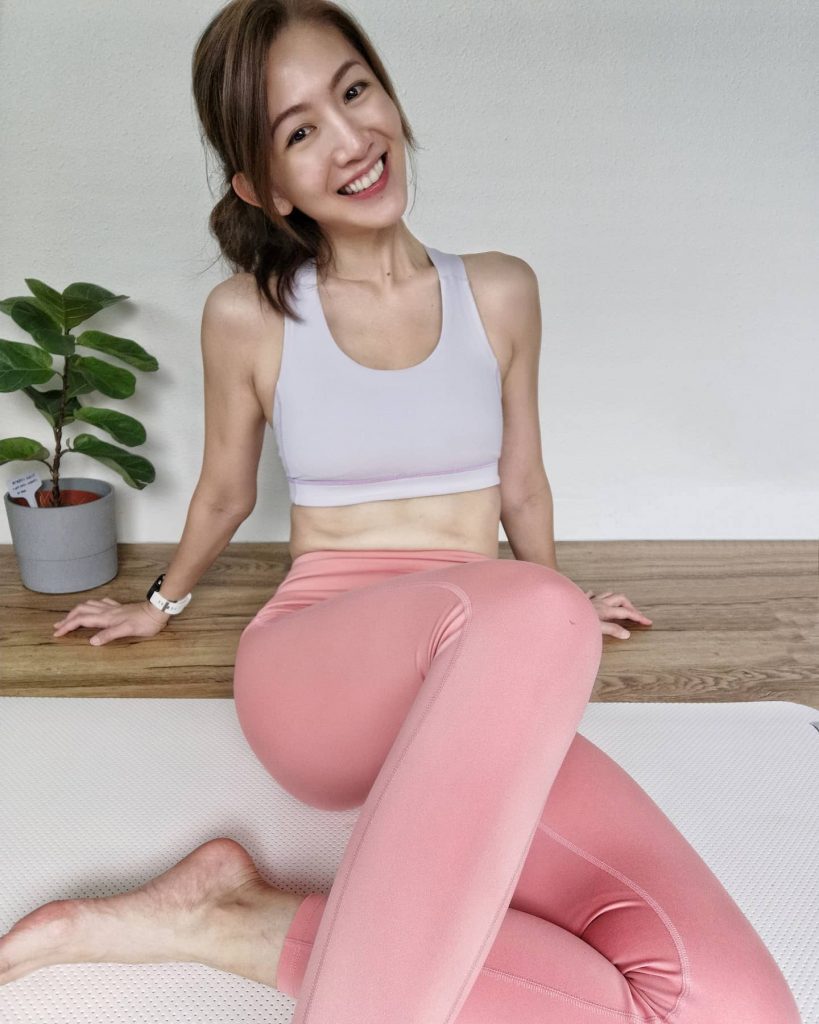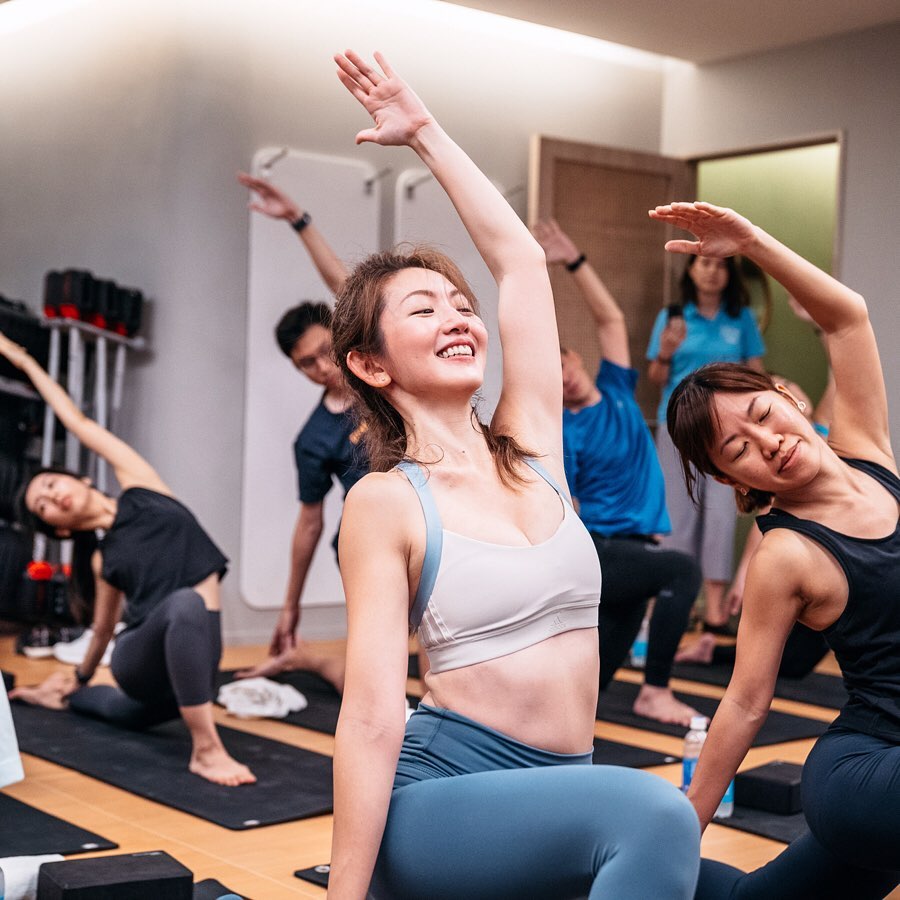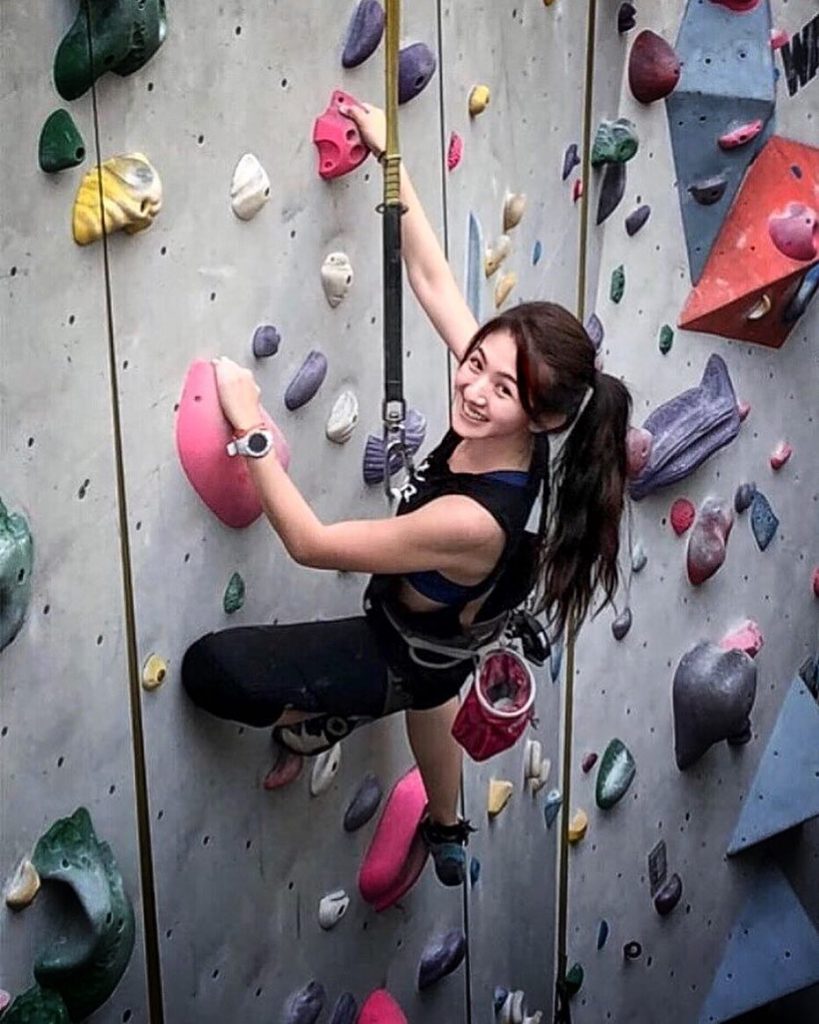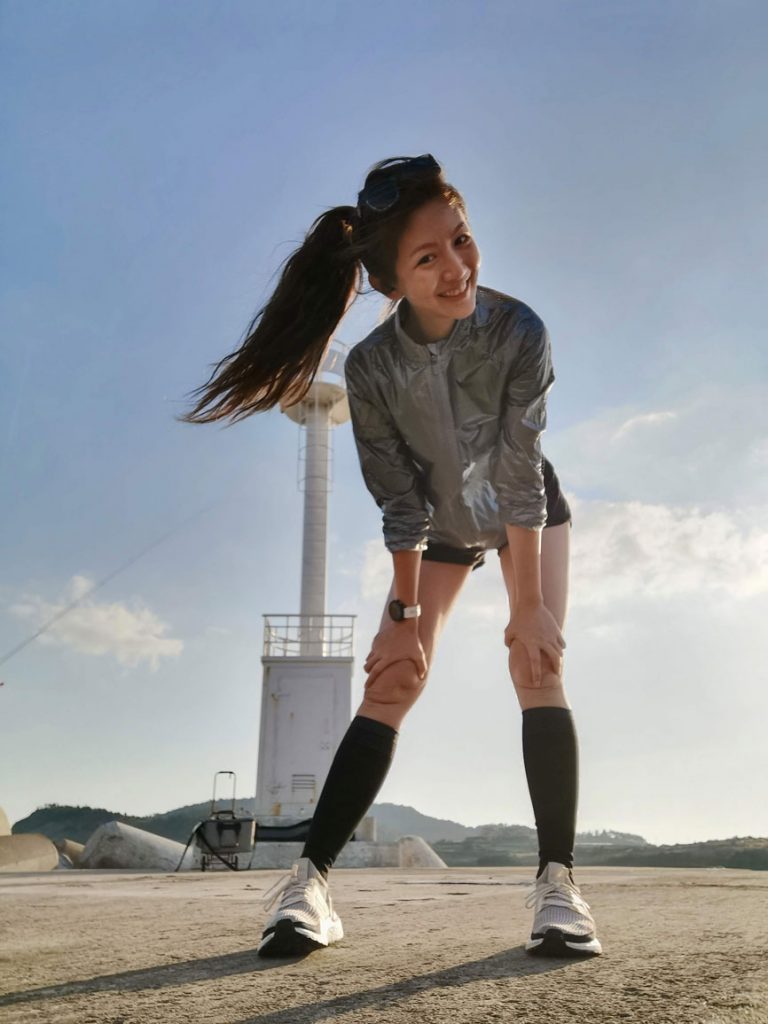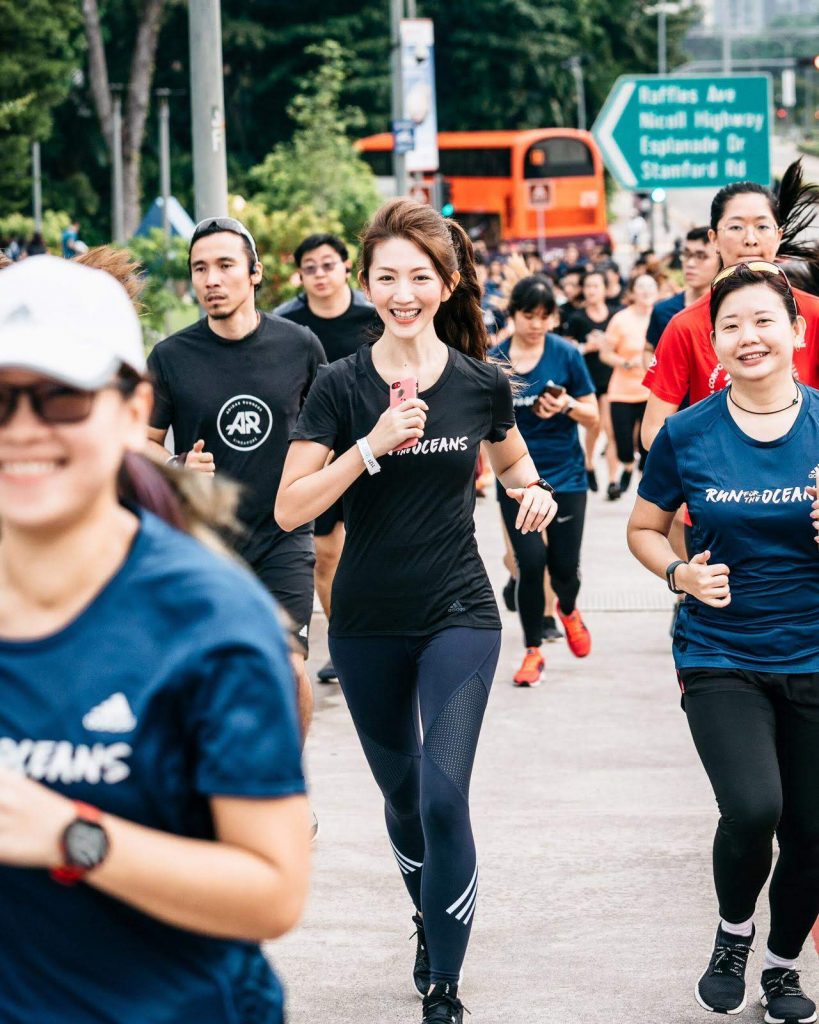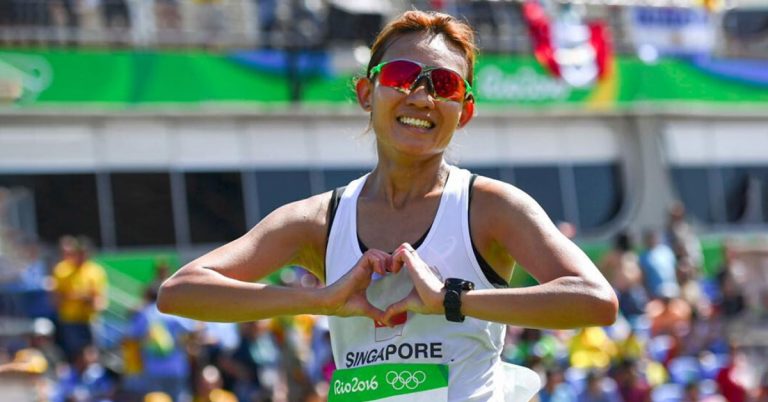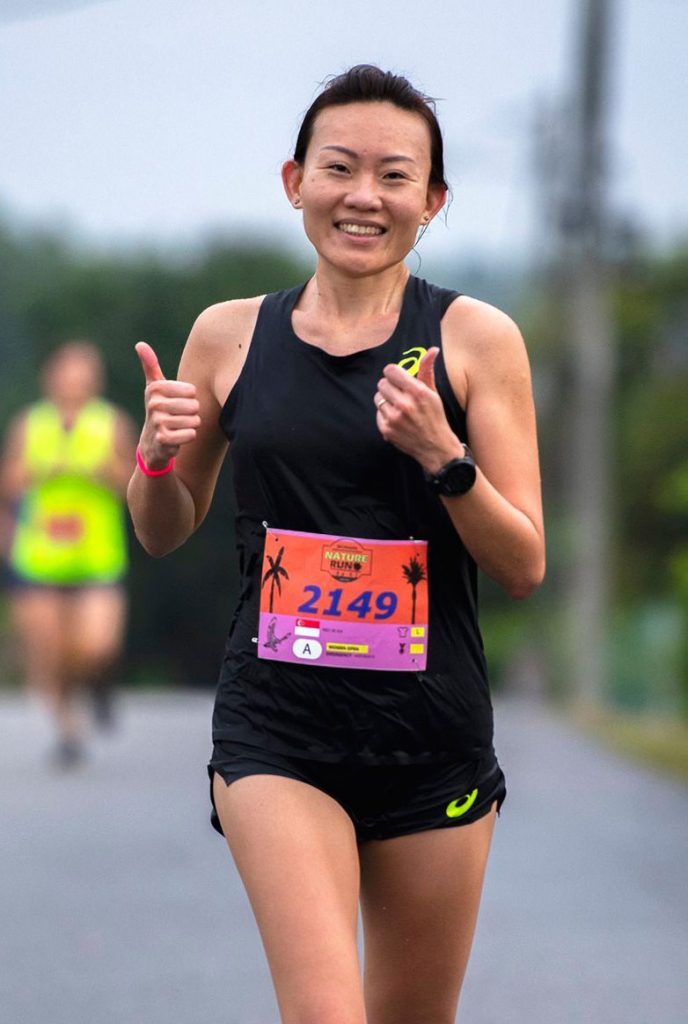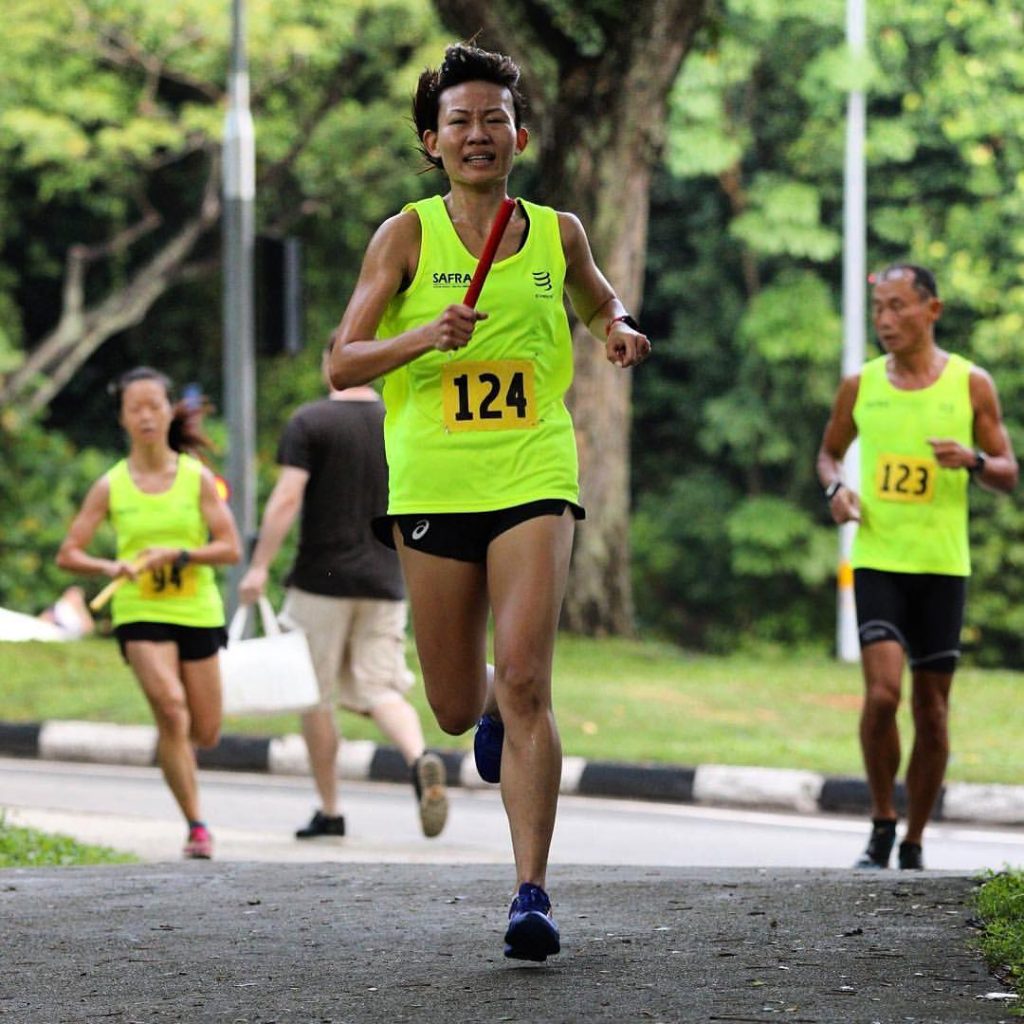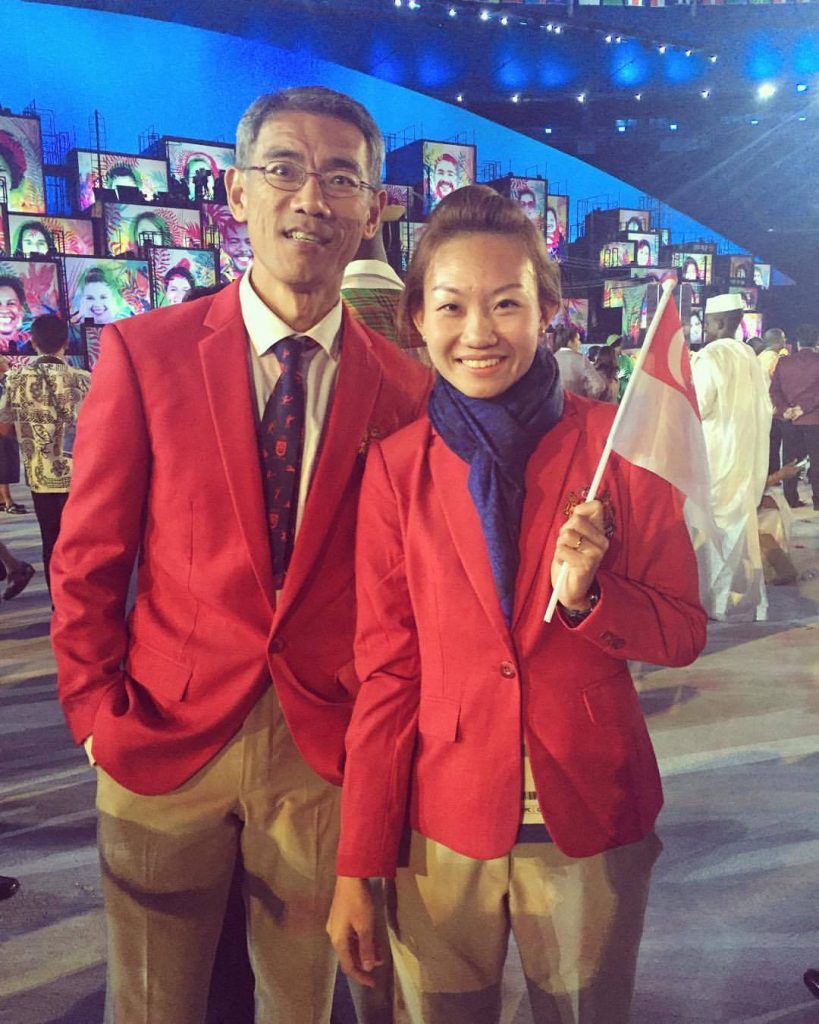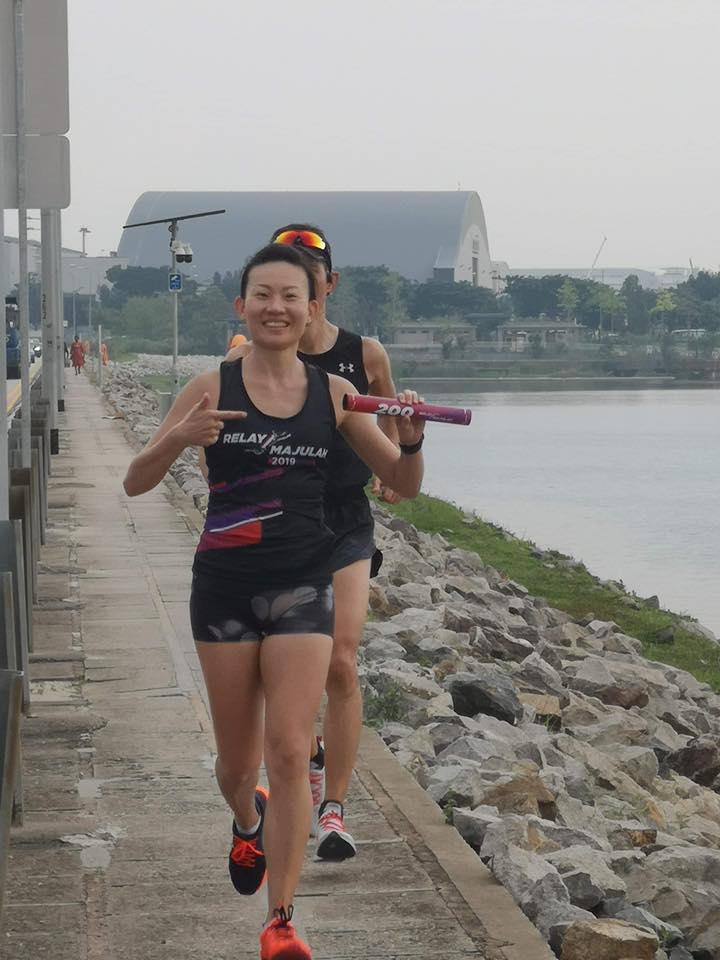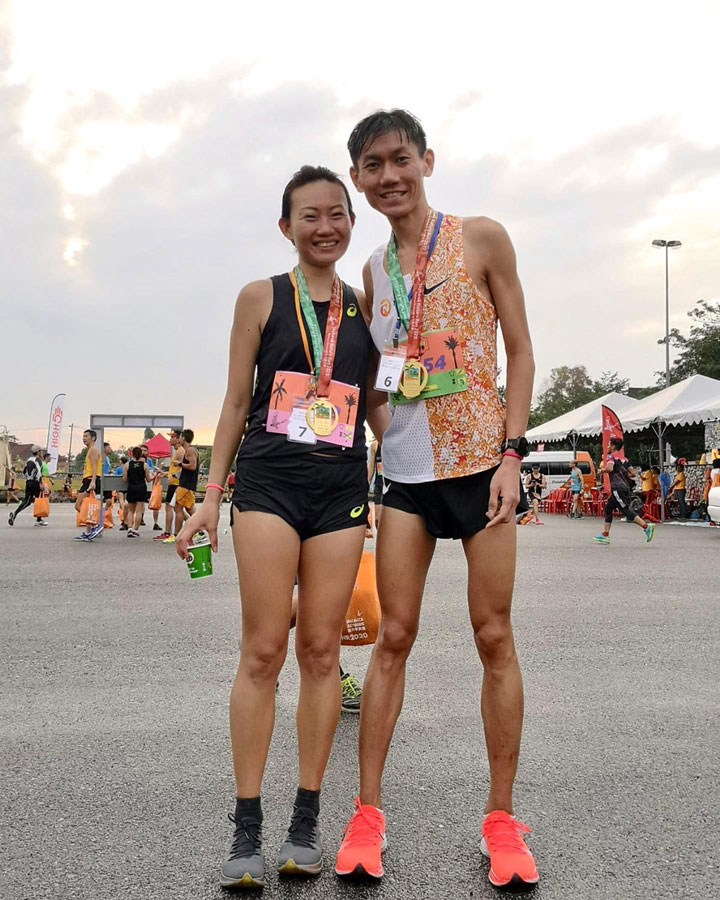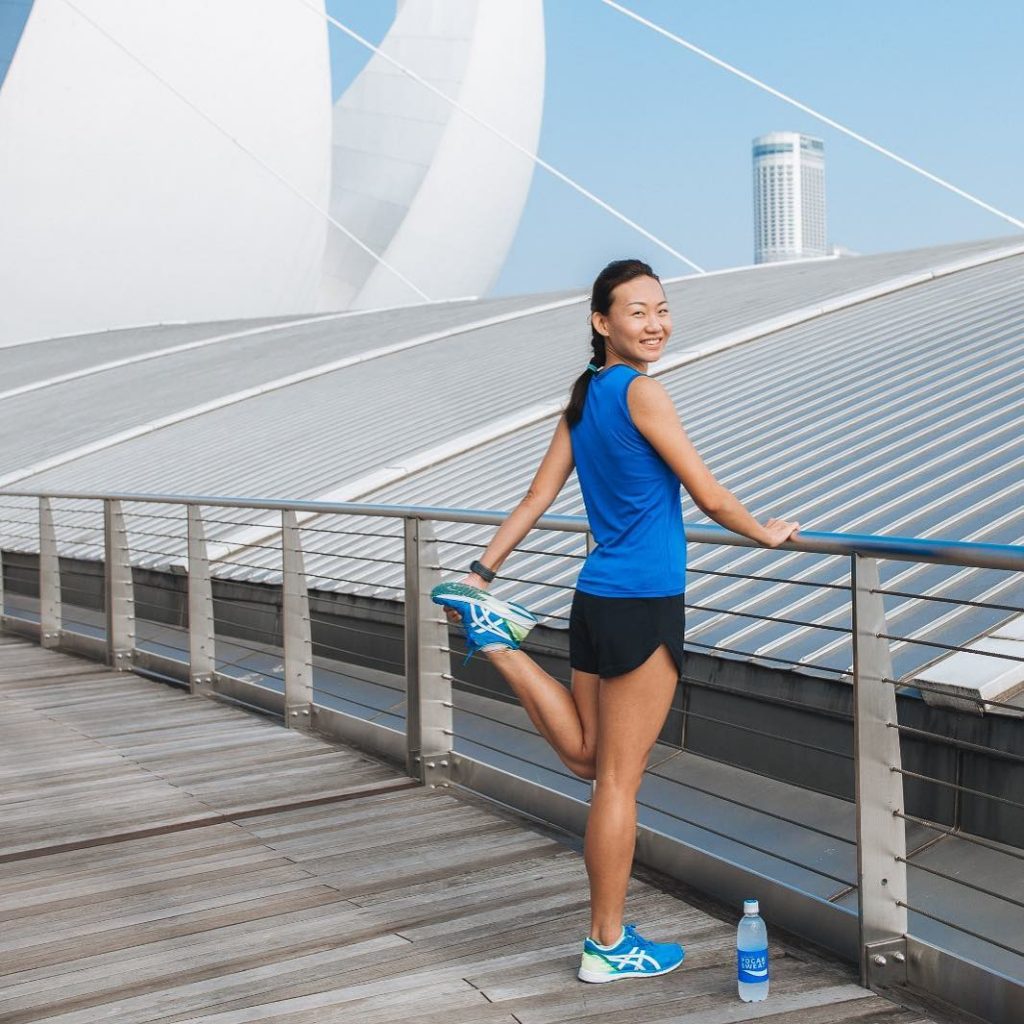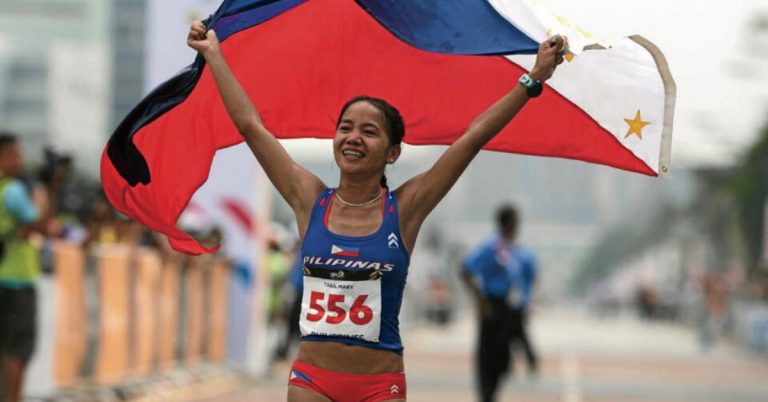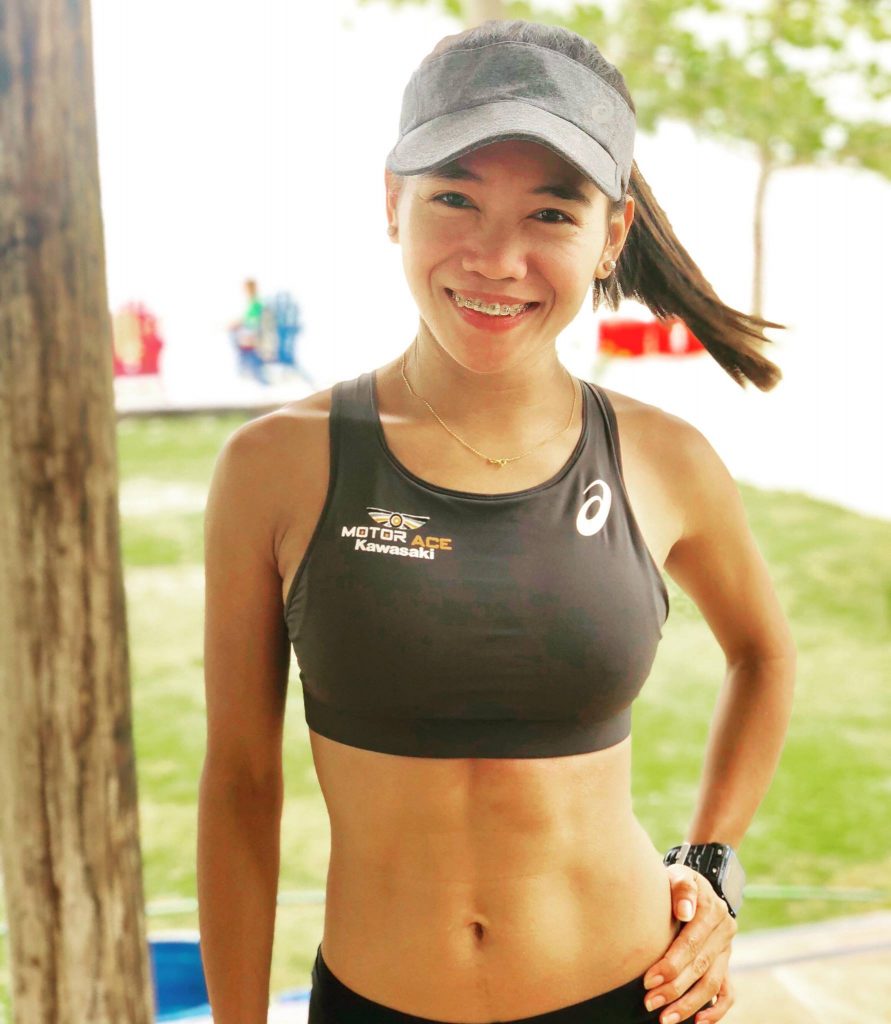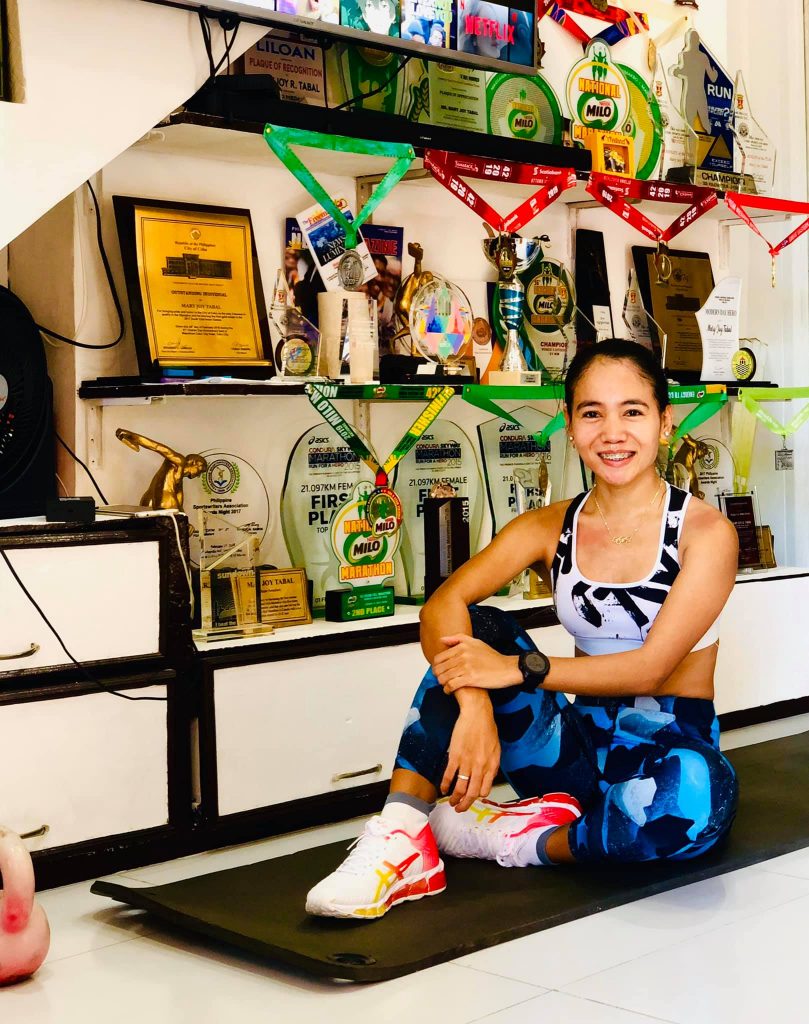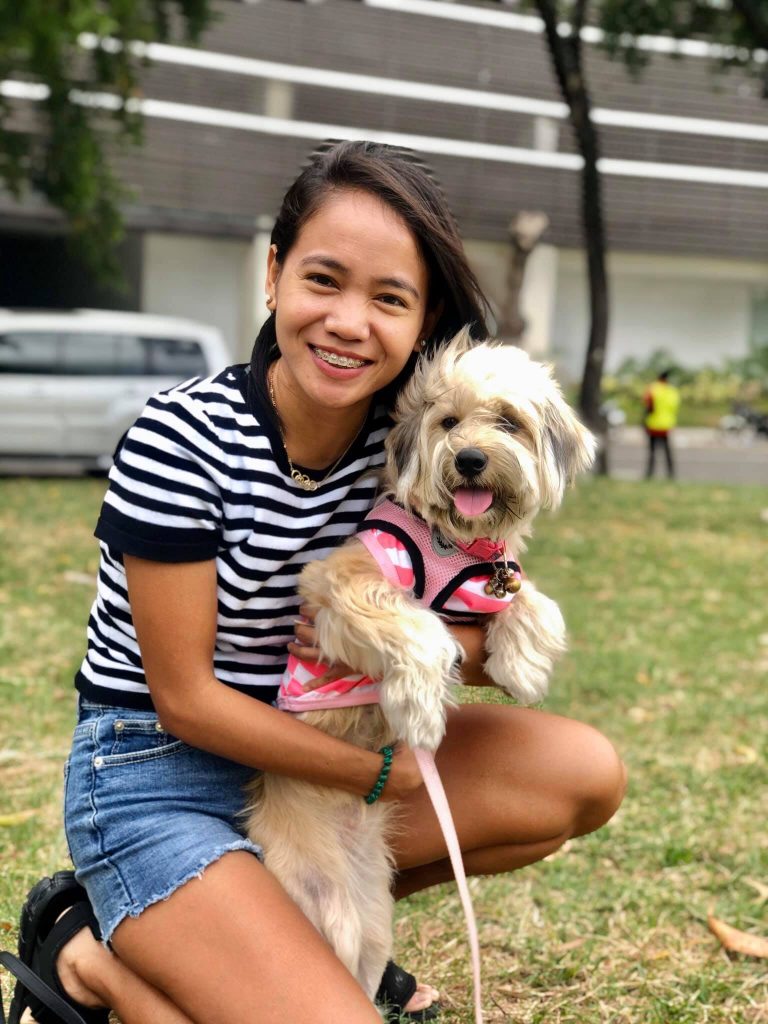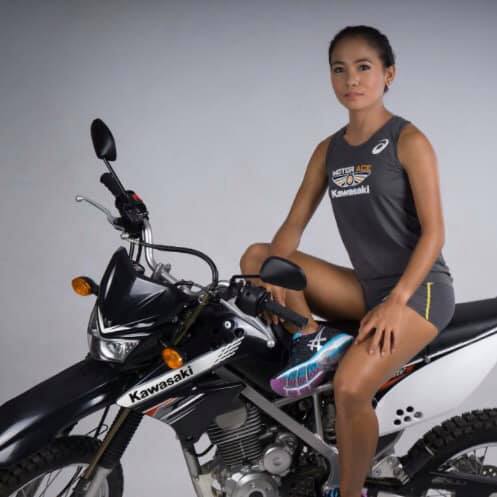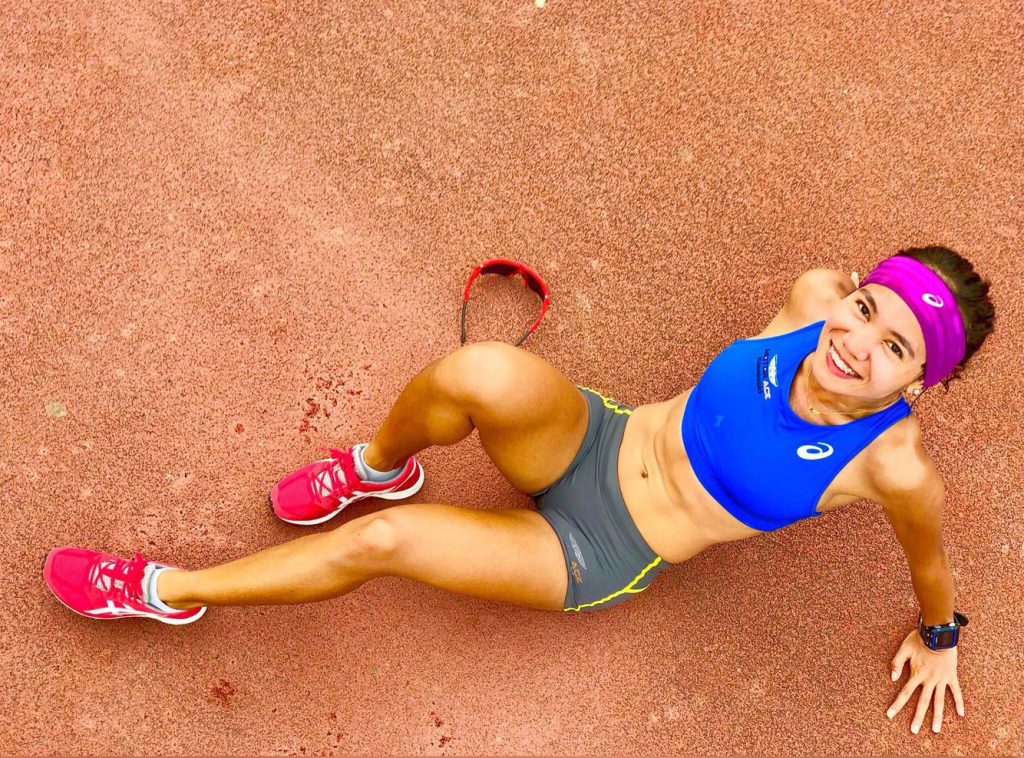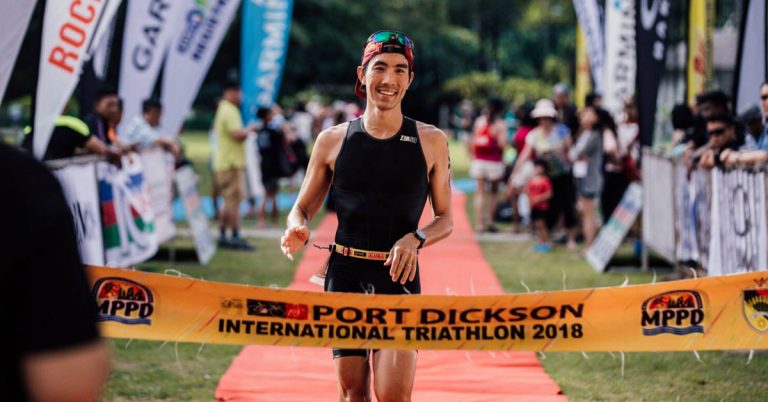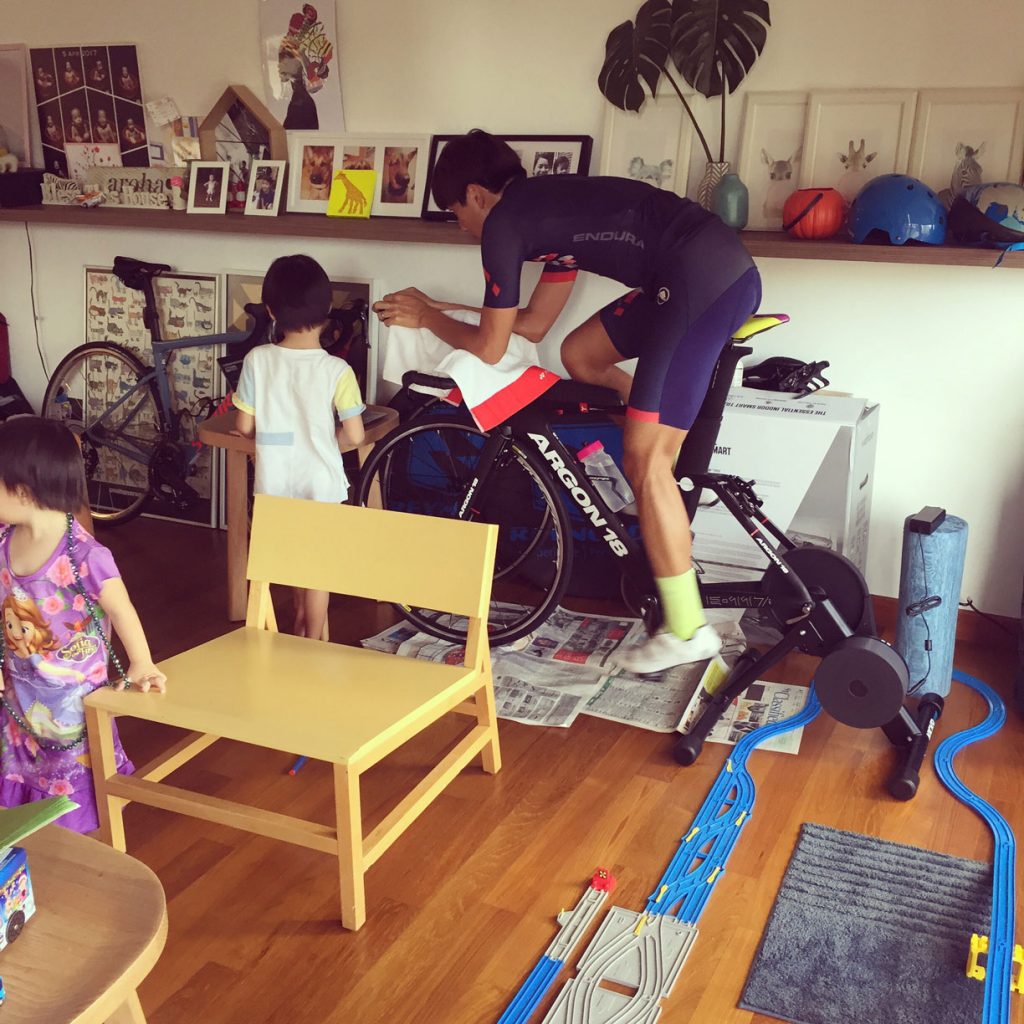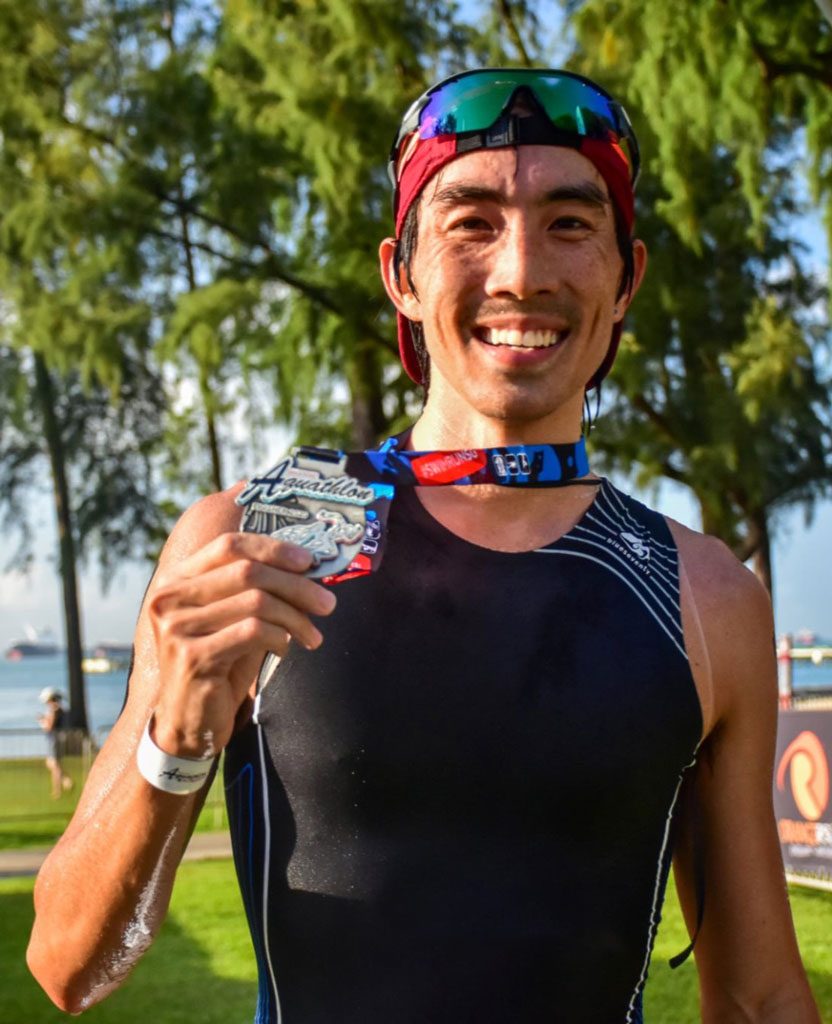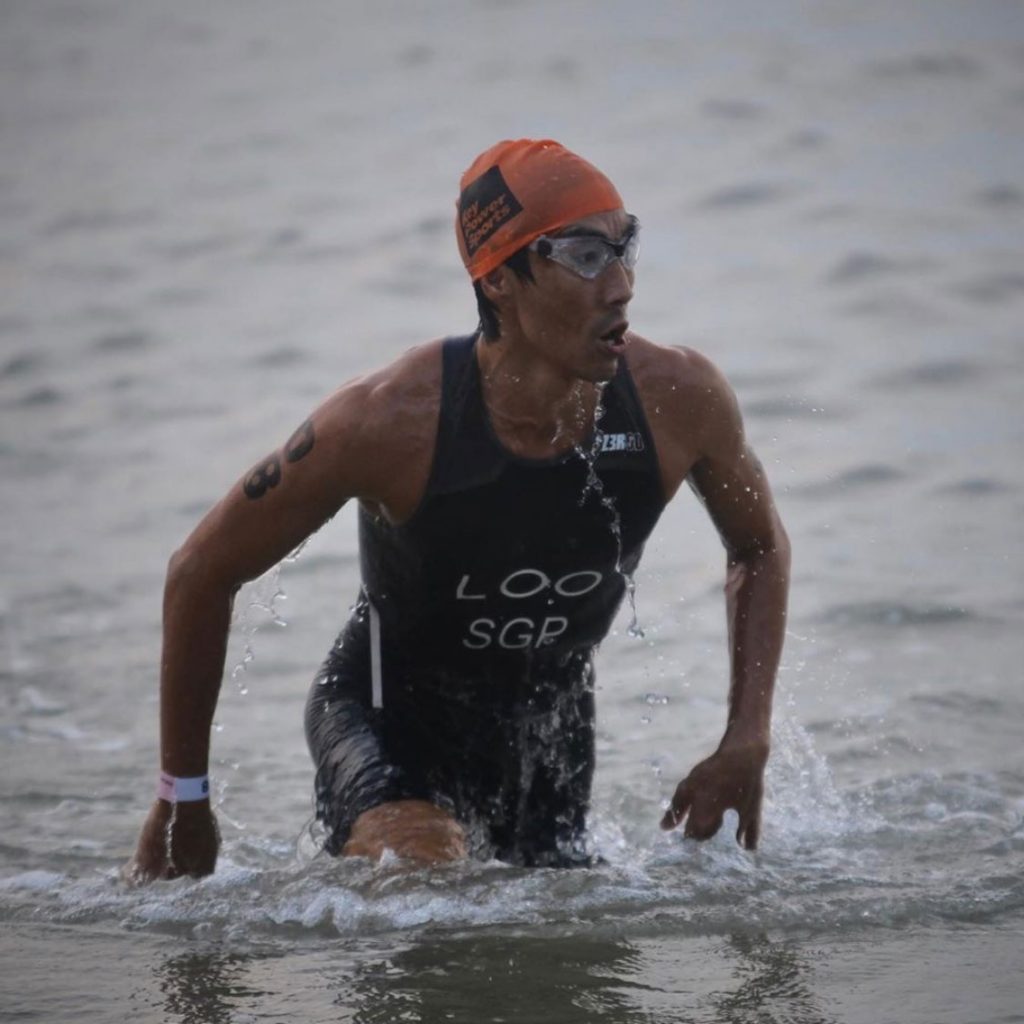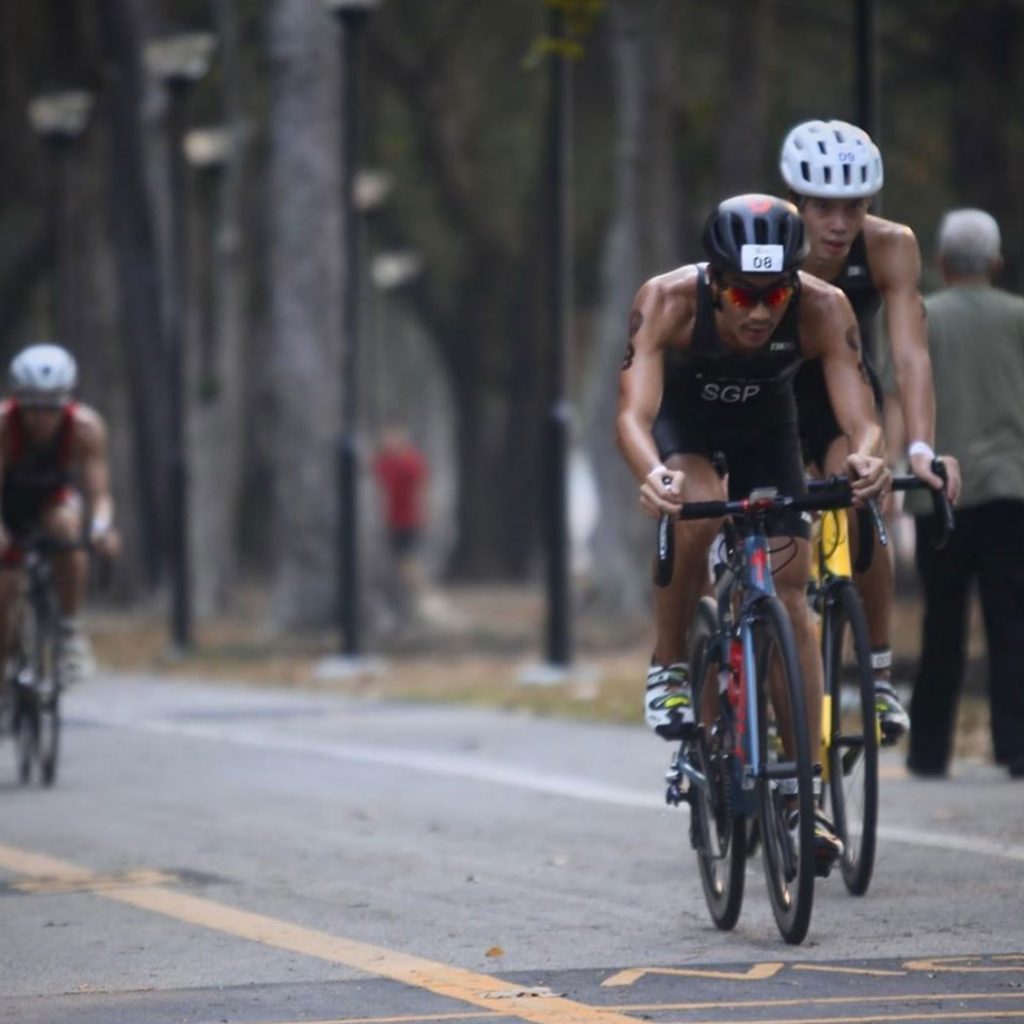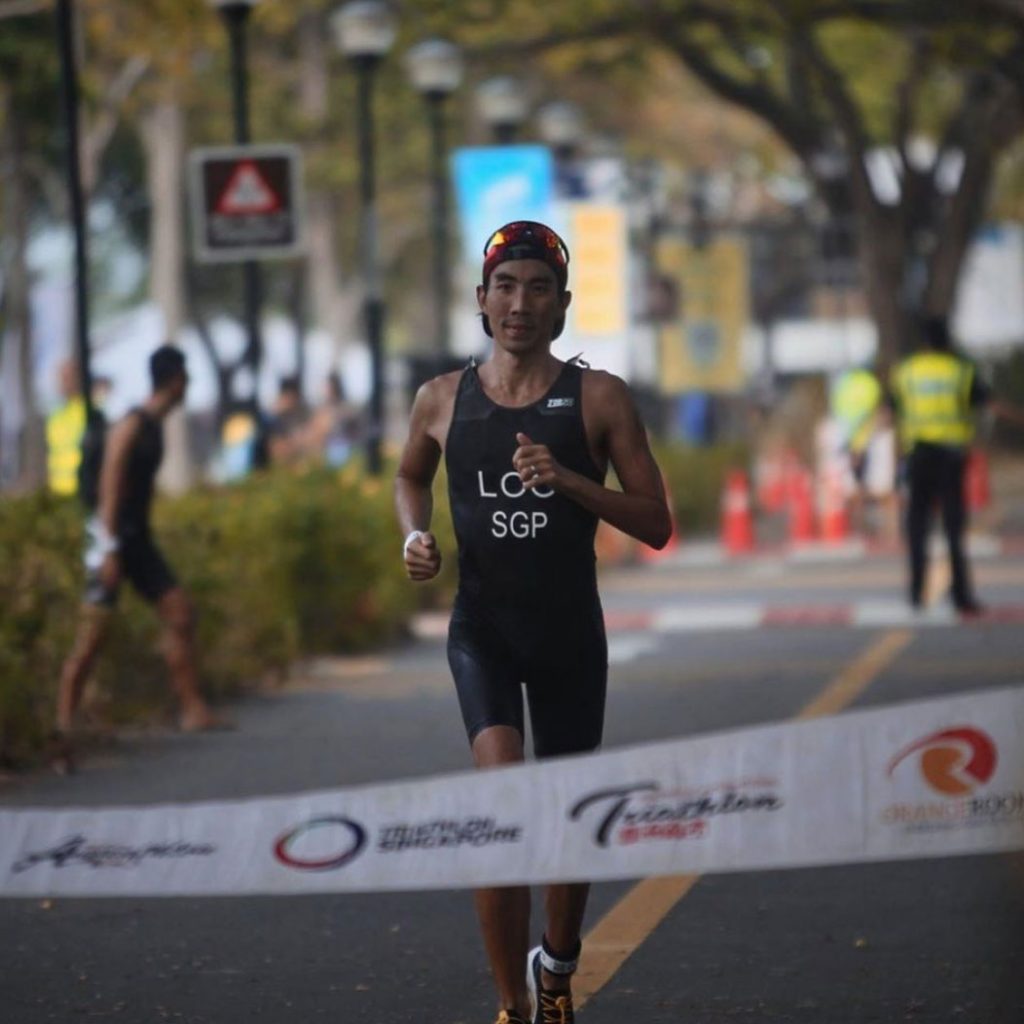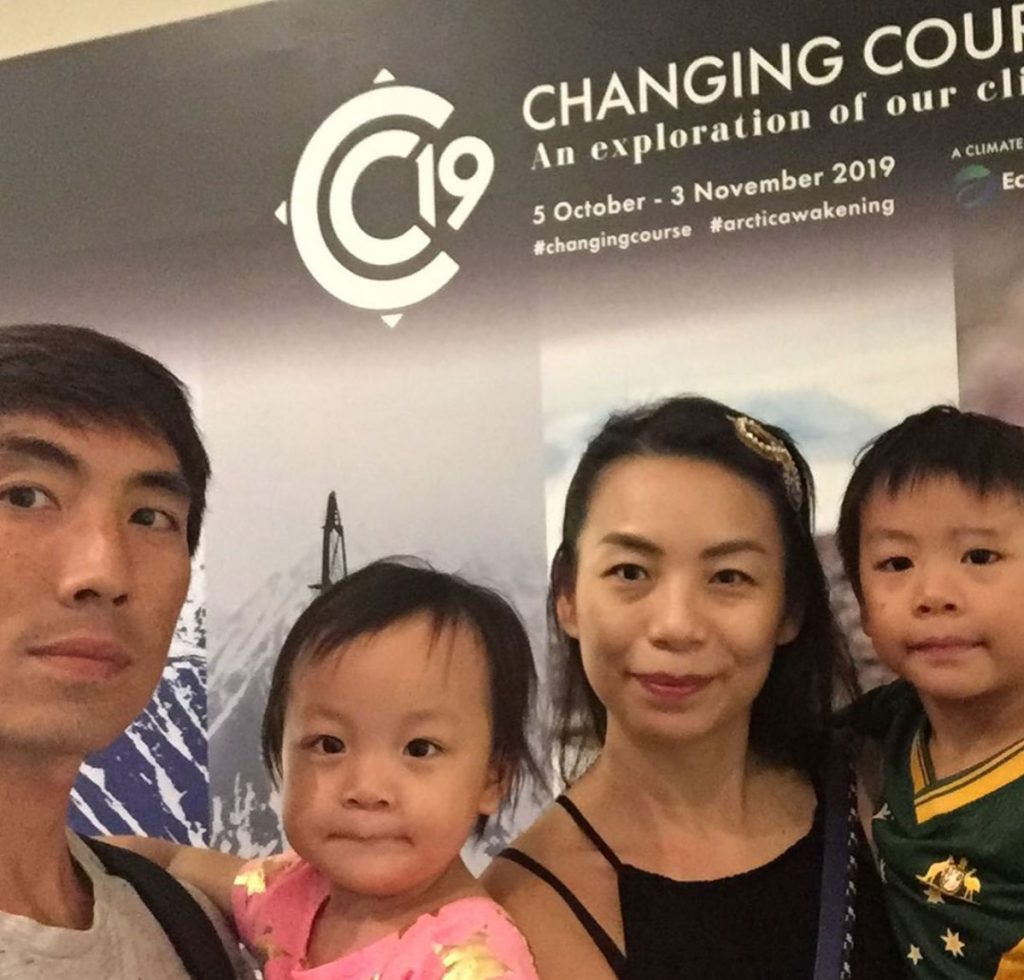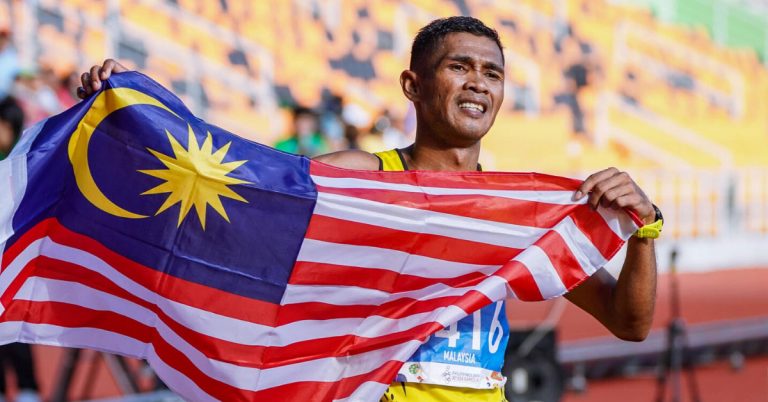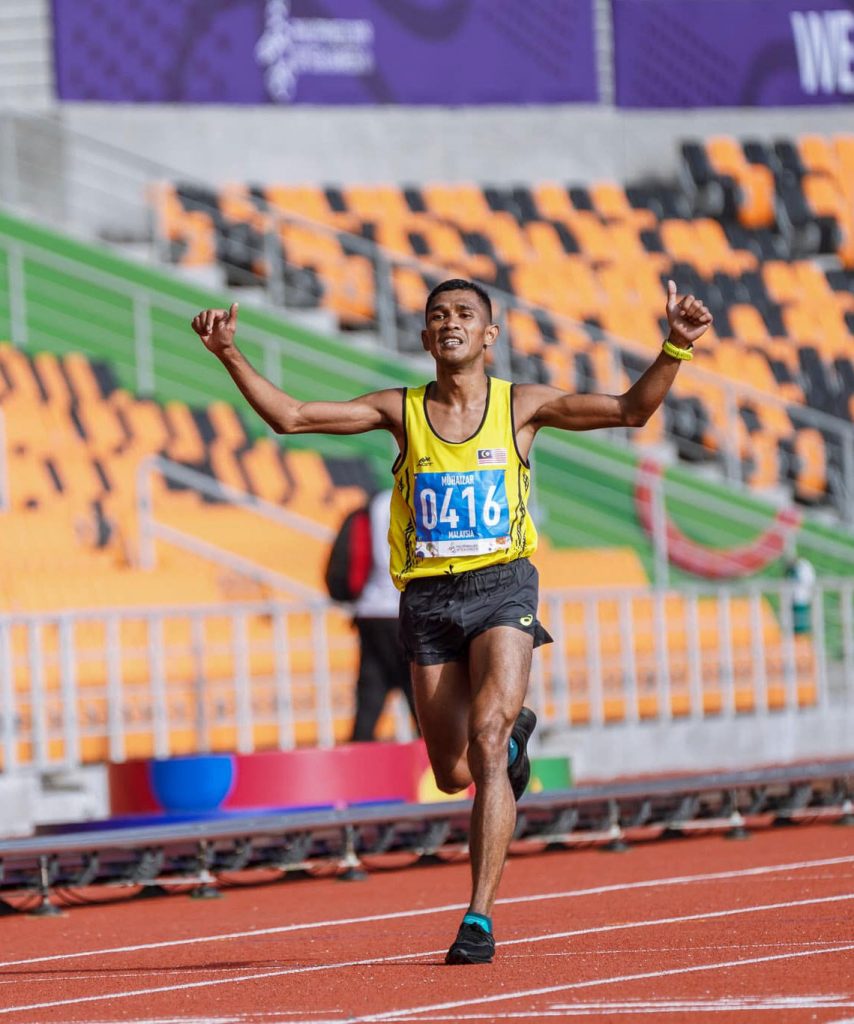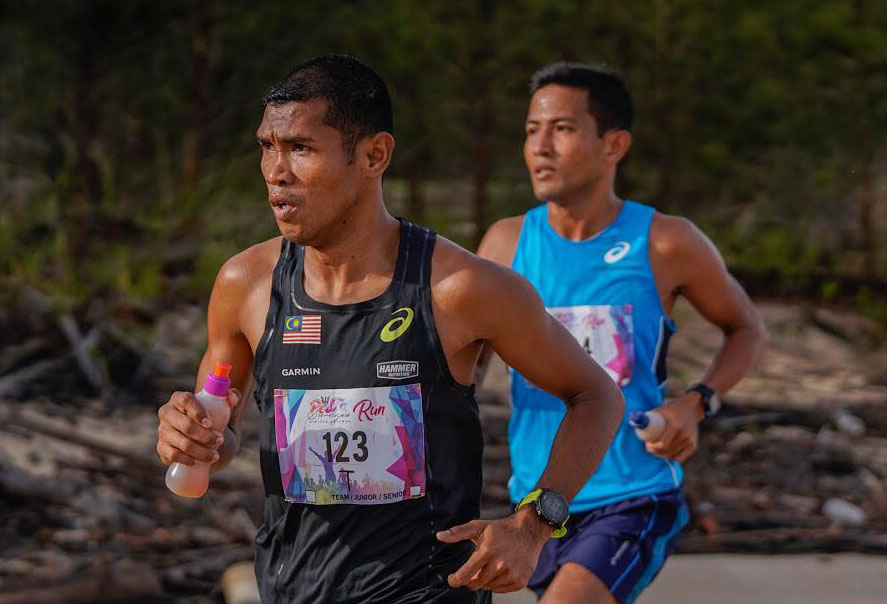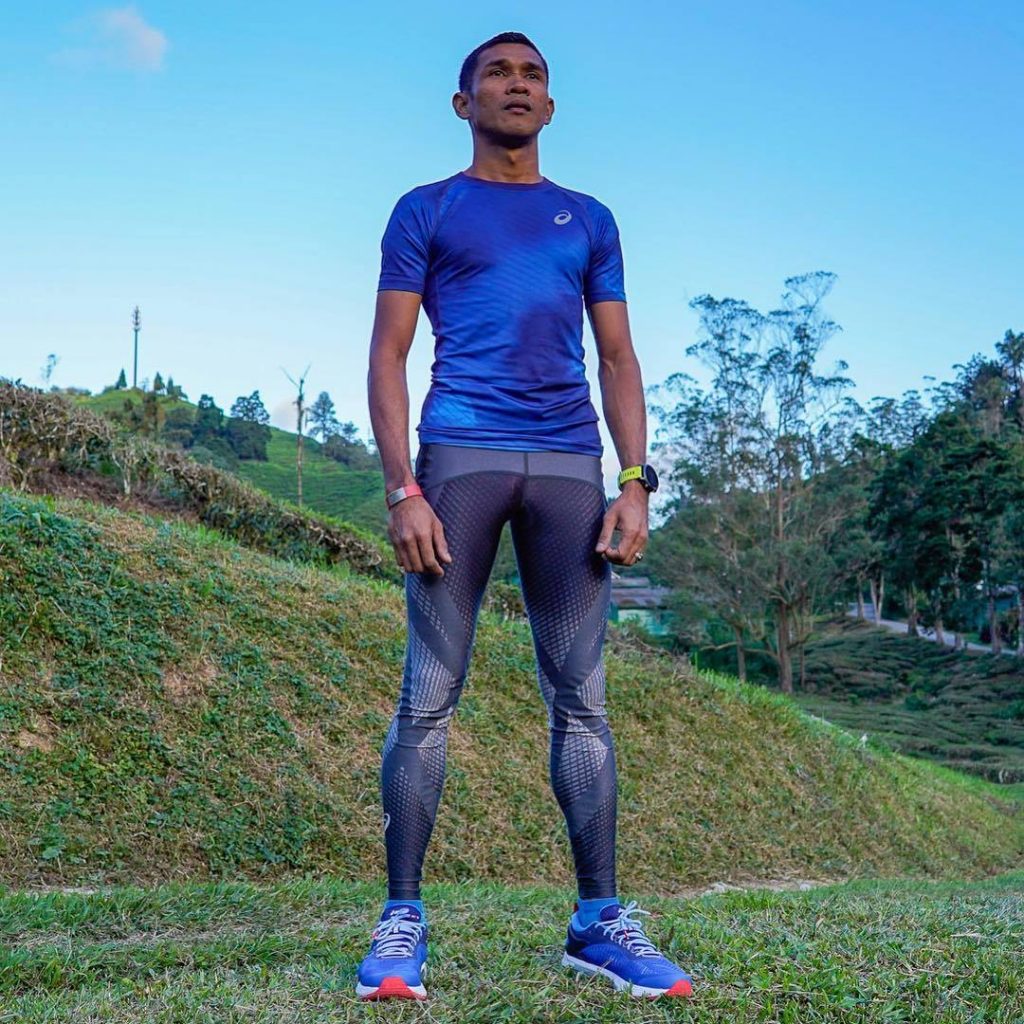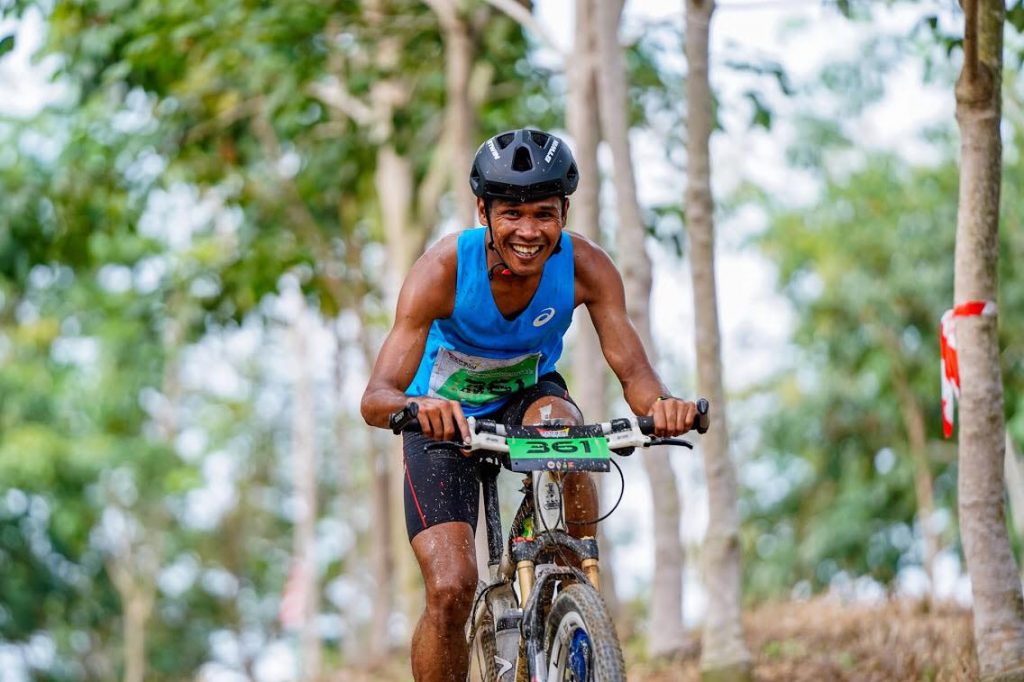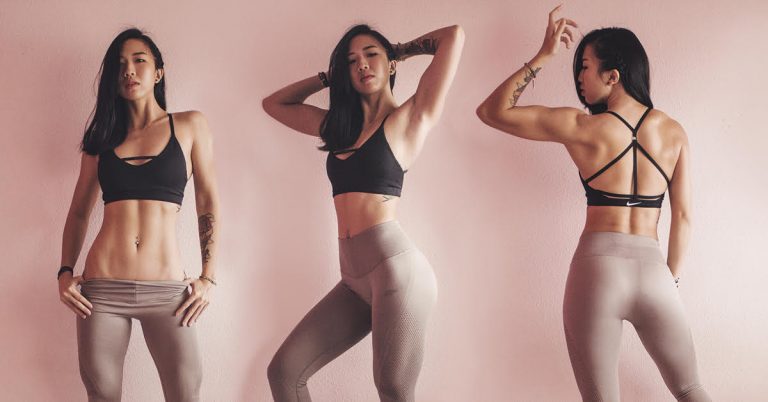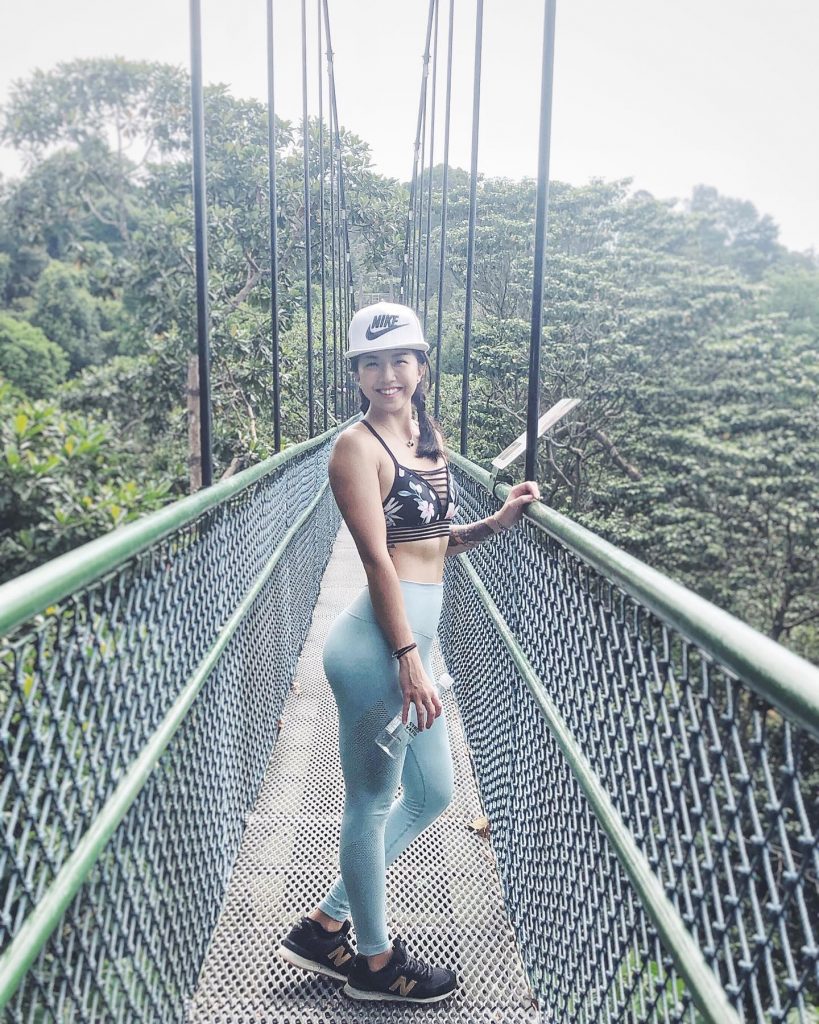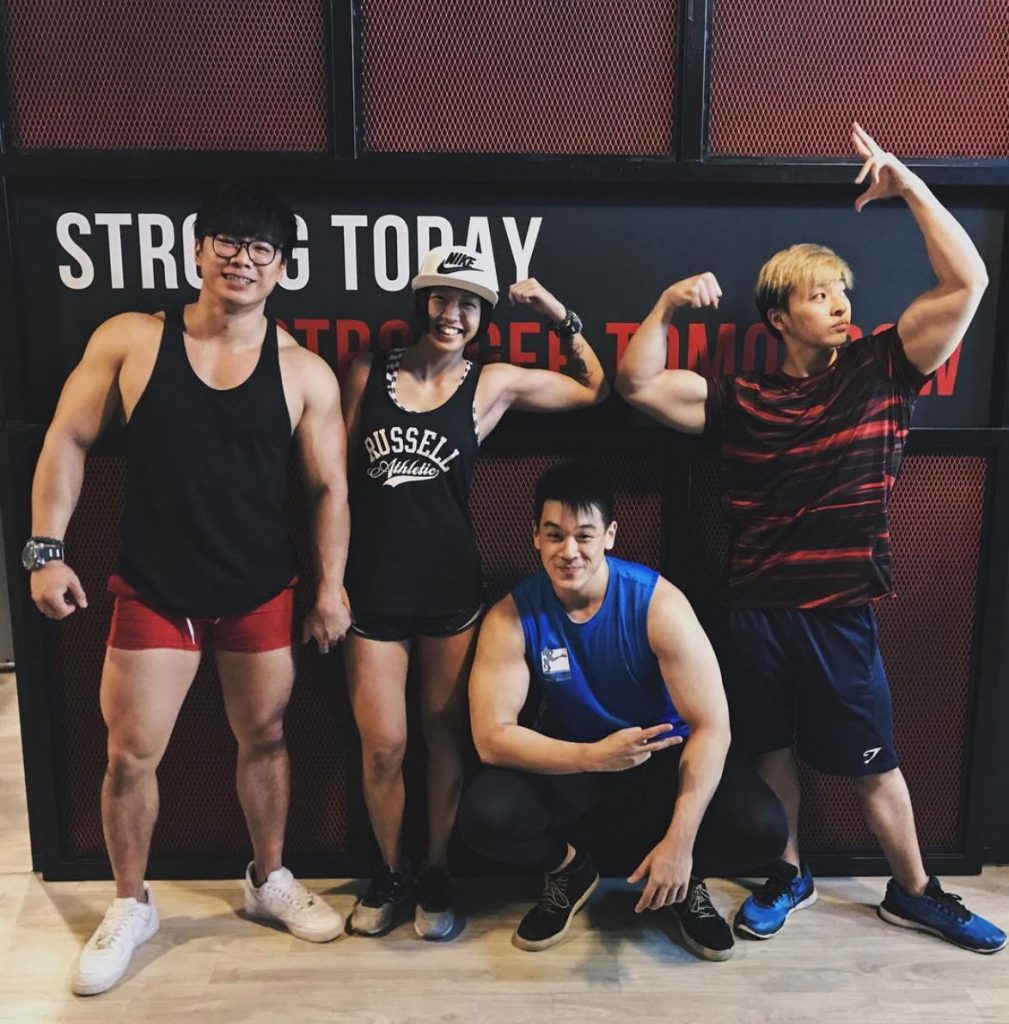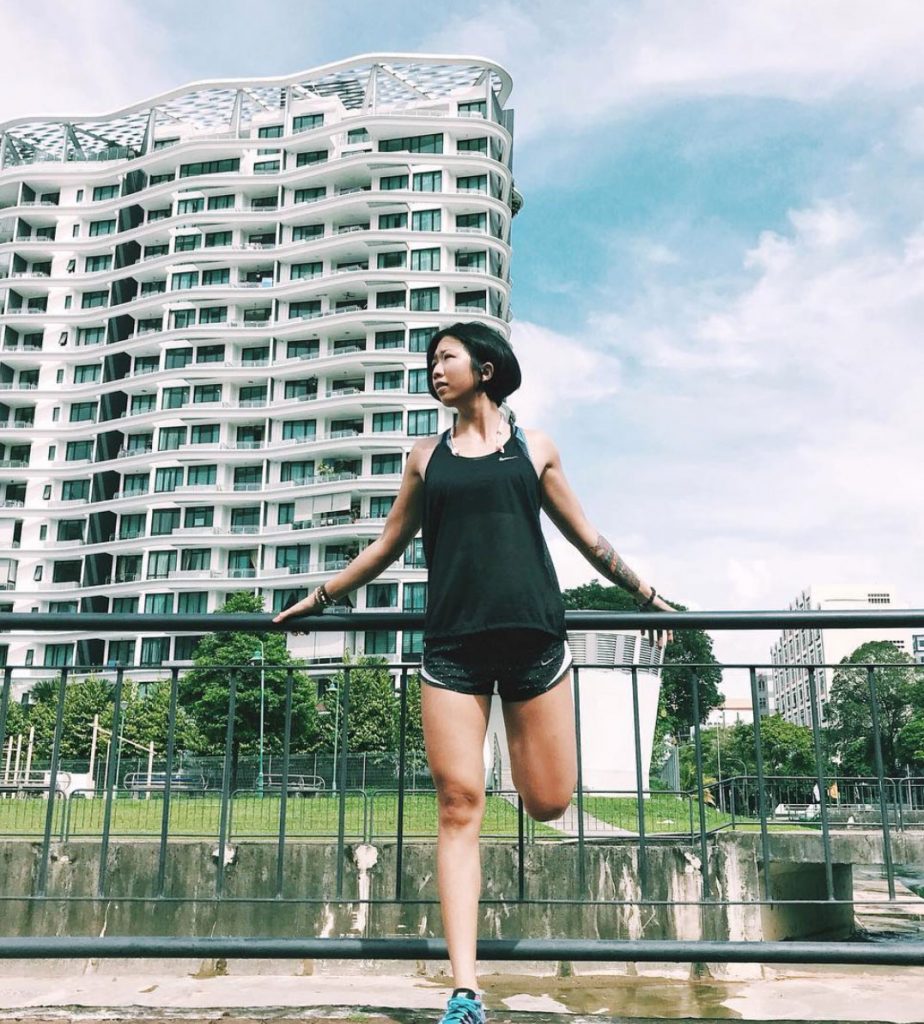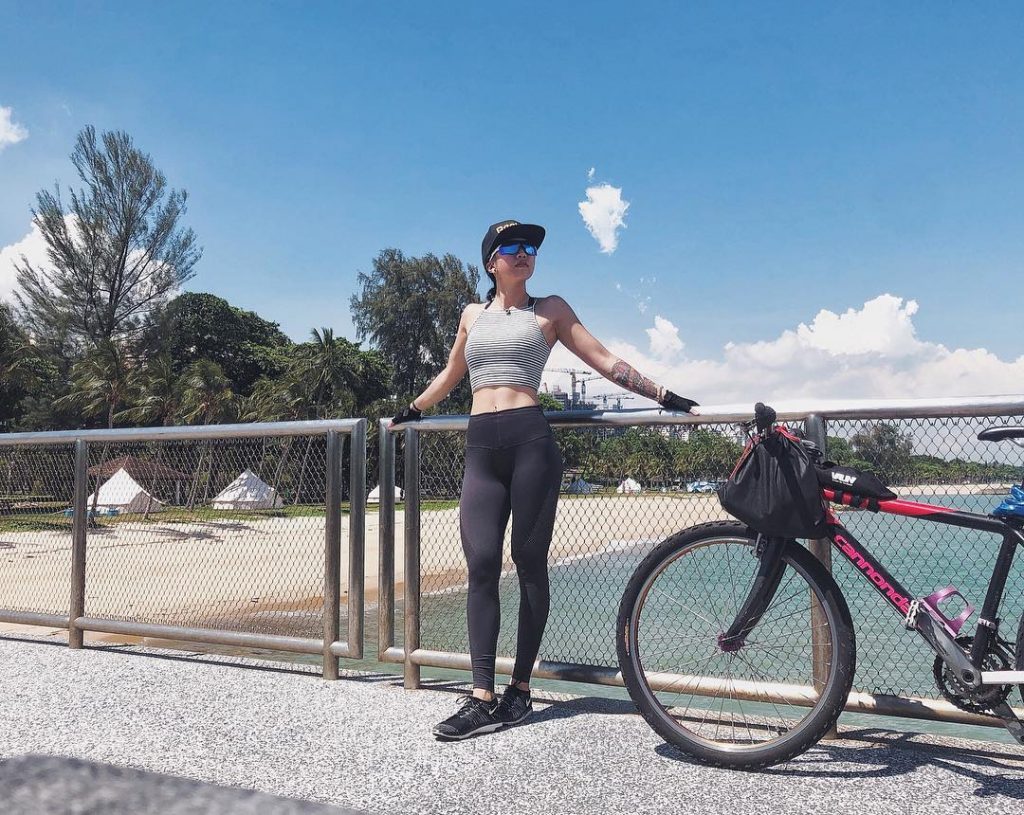Fatigue, having difficulties staying active, and feeling completely drained throughout the week is a suggestion that you need to boost your energy before a run.
Your energy levels are essential as it plays a major role in your running’s effect on your health.
To make sure you don’t experience these difficulties
while running again, here are a few tips to boost your energy levels as well as
avoid tiredness as it eats up your energy:
Track Your Calories
A balanced diet is a basic way to stock up energy for your run. Remember, watching what you eat may be important but when it comes to running, having enough fuel is what you should focus on.
Making sure that the calories you lose while running will be gained back through your diet is essential, and will assure you that you still have energy stored for tomorrow’s run.
According to health.gov, an adult woman needs 1,600 to 2,400 calories per day while men need 2,000 to 3,000 calories. Tracking your run distance will help you identify how much calorie loss you’ve got so you’ll know how much more to add again.
Estimated Energy Requirement
Whether you are planning for burning your calories, losing or gaining your weight, your energy will be the most important factor. To maintain your weight, you need to know how much energy you require. Your energy requirement depends on your gender, age, weight, height as well as your amount of workout. In this way, you can know the number of calories you need to burn to achieve your weight goal. You have the option of measuring the Estimated Energy Requirement (EER) manually or through online calculators.
Some online tools can calculate the estimated energy requirement quickly. Once you enter basic information about your physical conditions, they will compute the amount the calories intake you require. These online tools are usually available online for free and are based on the formula introduced by the Institute of Medical Equation in 2002.
Observe Your Diet
Your meals play a major role in affecting your energy, and even the ones stocked for further use. Making sure that what you eat turns into energy and is beneficial will help with your energy boost.
Eat Small Portions
Constant energy is beneficial, so make sure to eat multiple small meals throughout the day. Having a large meal for dinner is not advisable as it can be stored as fat rather than be burned as energy.
Energy-Boosting Food
As you lose calories, it’s good to know which food is most useful for your calorie restock. Bananas and natural honey are best before a run as they both provide a quick boost of energy.
Food with high fibre content such as whole grains and sweet potatoes fuel your body longer than usual with steady energy as your body digests them at a slow pace.
Have a Running Pre-Workout Supplement
Pre-workout supplements (if taken in proper doses) give sudden boosts of energy. But that’s not all it does for you, it also perks up your endurance as well as your strength or power.
Make sure to check out one of these options for recommended supplements if you need an instant boost before your next run.
Avoid Misconceptions
Intake of caffeine and sugary snacks are something you’d want to avoid. You might think they’re beneficial for your run, but they are most likely to lead you into difficulty. It’s best to avoid doing things that you think will boost your energy but eat it up instead.
Stay Away From Sweets
While eating sweets may give you energy, it never is enough nor is it the right way to get your body moving. Eating sugary snacks will only give a short term energy boost that wears off immediately.
When your sugar level gets high it will eventually decline, and if that happens while running you’ll surely experience weariness and struggle.
No to Caffeine
Caffeine may sound like a great energy boost. But it can also lead to dehydration and exhaustion while running if you aren’t properly hydrated.
Watch Your Liquids
Since you will sweat a lot from running, it’s best to know what you should do to replace what you’ve sweated out, including what to drink and how much.
Drink Enough Water
Drinking water is the best way to prevent dehydration, it also helps in avoiding mid-run fatigue and makes sure that you are full of energy until the end of the run. Two litres of water per day is highly suggested.
Lessen Alcohol Intake
Alcohol gives negative effects on your muscle and weight. It will also make sure that no matter how much energy you have stocked, you’ll still feel lethargic.
Remember not to drink alcohol at night as it will disturb your sleep pattern, a glass of wine would be better than the whole bottle or any other alcoholic substance.
Guard Both Your Mental And Physical Health
You may think that your physical health is the only thing you need to have covered, but there are a lot of ways that mental health can affect it. It’s best to mind both.
Have Enough Sleep
Sleep is as essential as eating and breathing. It allows your body to repair and recover from your running session and tops up energy for the next day.
Lack of sleep can cause mental and physical health issues that link to stress.
The reduction of stress levels is important as it is a major cause of tiredness and lack of concentration. Meditation, yoga, and emotional management are the best ways to relieve stress naturally.
Avoid Smoking
Smoking can weaken your lungs resulting in smaller amounts of oxygen transported. This can cause shortness of breath, raised heart rate, and fatigue. Smoking can also cause you to feel irritable, anxious, or low, these can eat up your energy.
Care For Your Body
“Nobody can improve when they are injured.” Says Usain Bolt. It is crucial to make sure your body is well before running.
Have a Proper Warm-Up
A warm-up exercise will ready your body for energy use, warm your muscles, and increase your heart rate. While there are multiple ways to warm up, the best way is to do an easy version of your activity for five minutes, then begin with the actual activity.
Without a proper warm-up, your body will feel more exhaustion while exercising and have a higher risk of an injury.
Getting a Sports Massage
Never ignore pain. Aside from having it checked, a sports massage is helpful for stiff, pained, and tired muscles, this will loosen them for better performance.
Be Flexible
Activities such as yoga and pilates will increase your energy levels and flexibility. It will make your running more effective and help you lose less energy.


